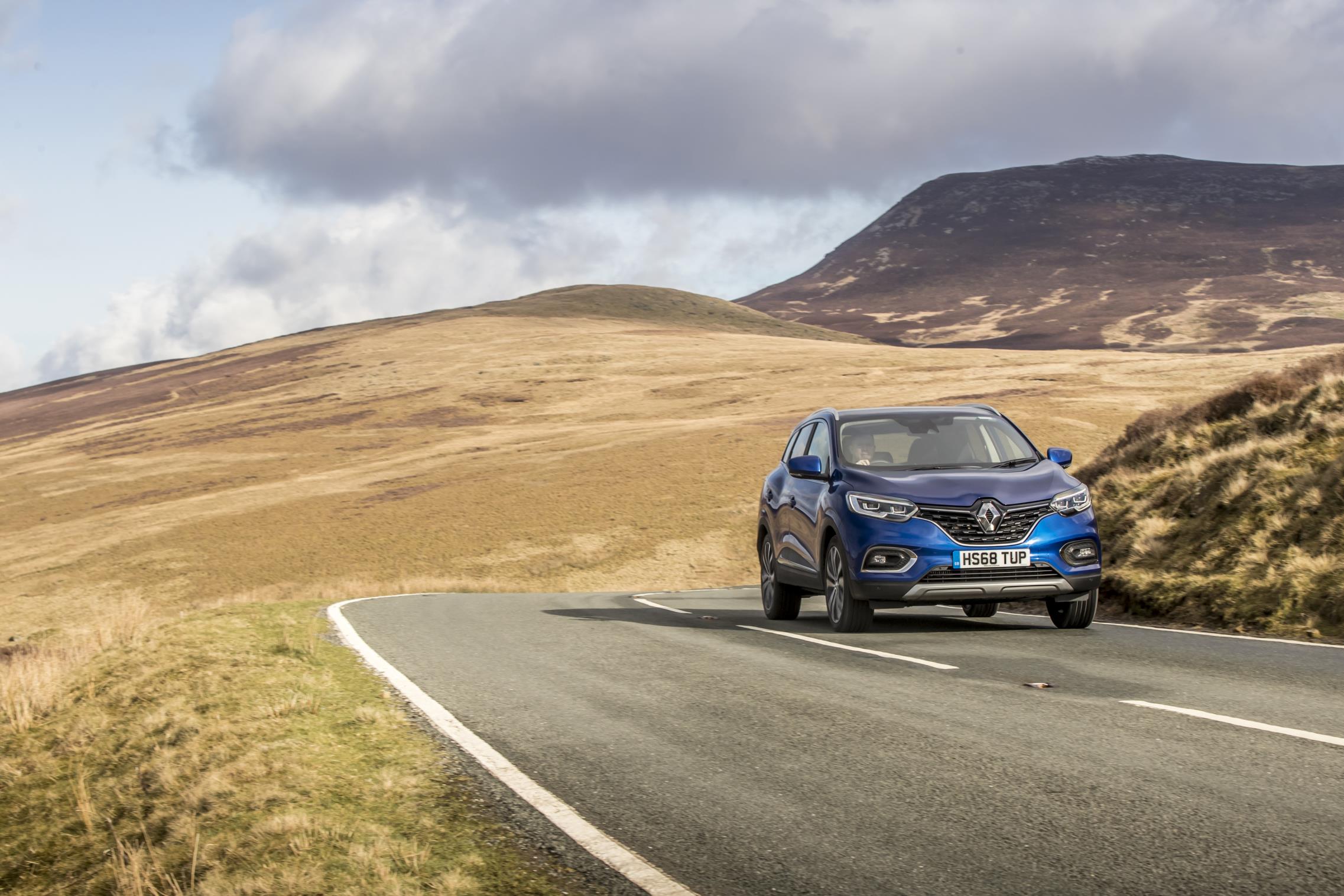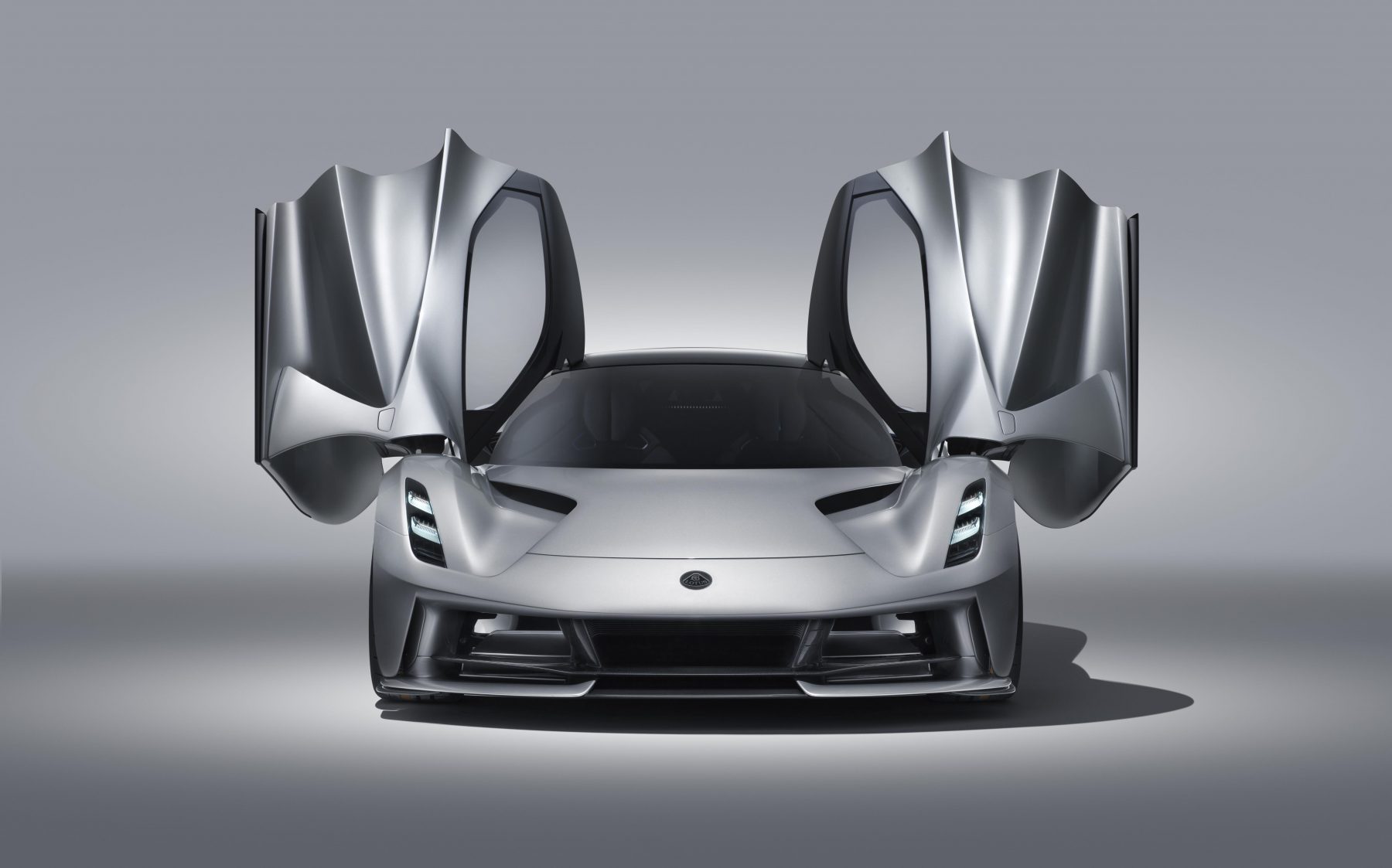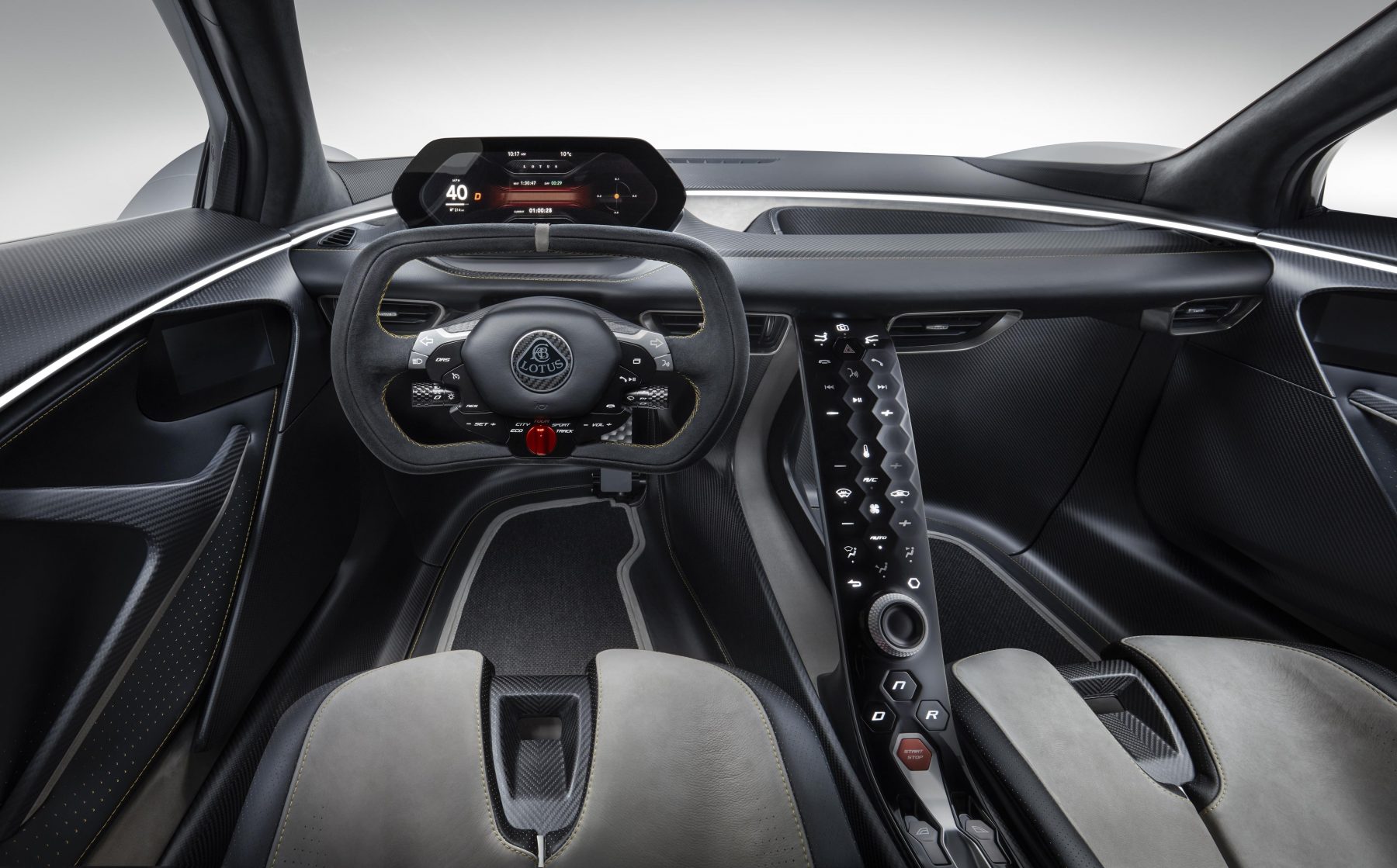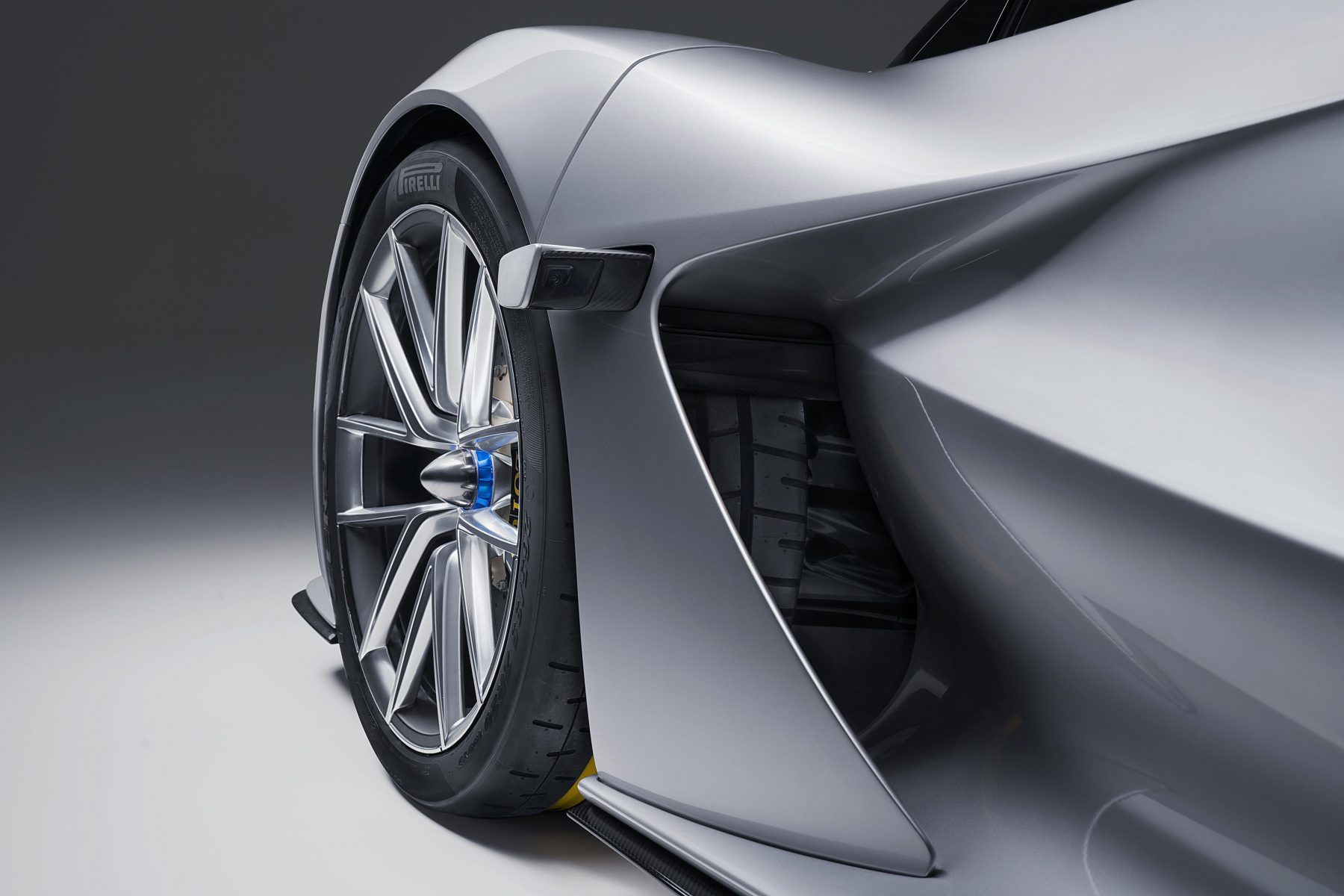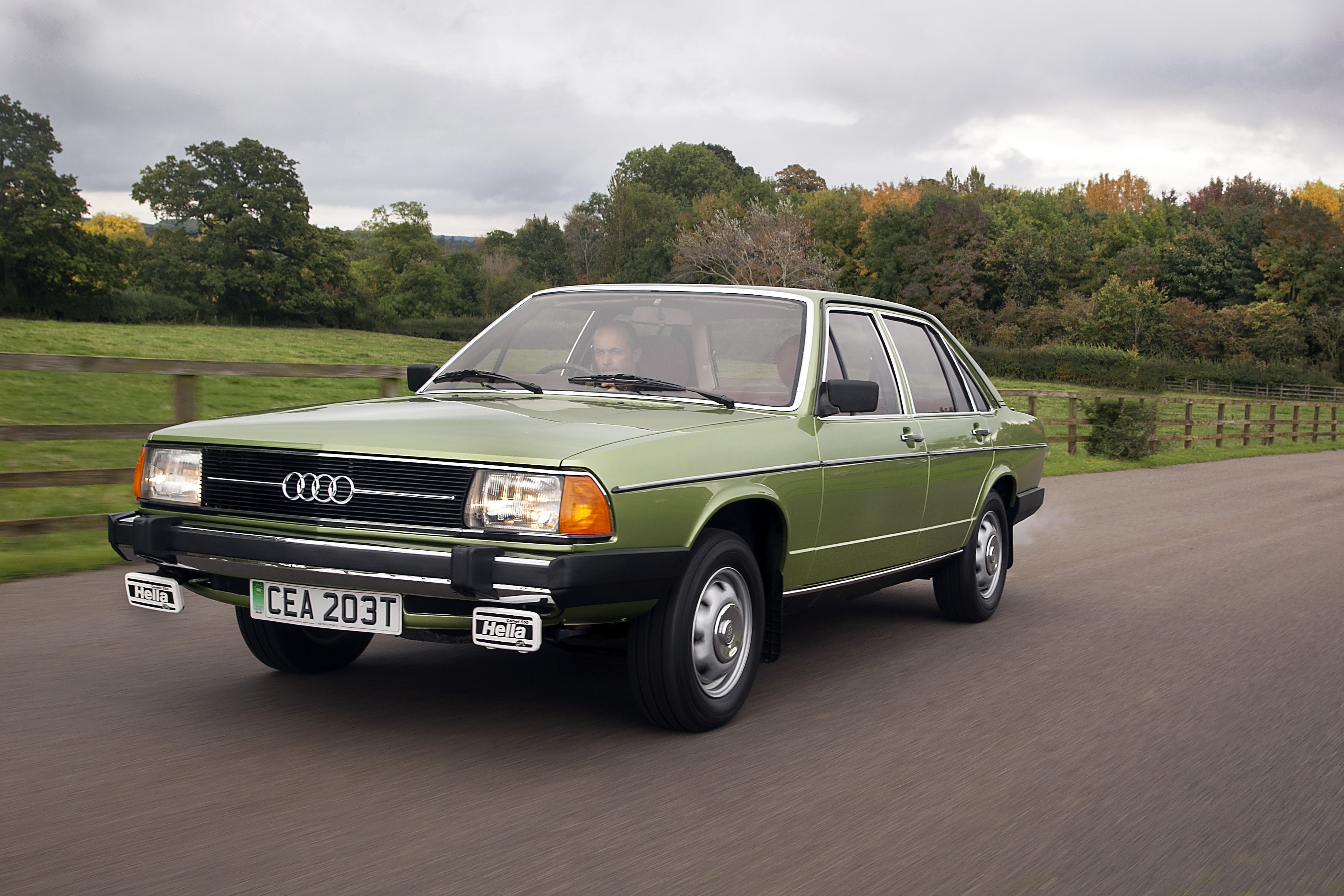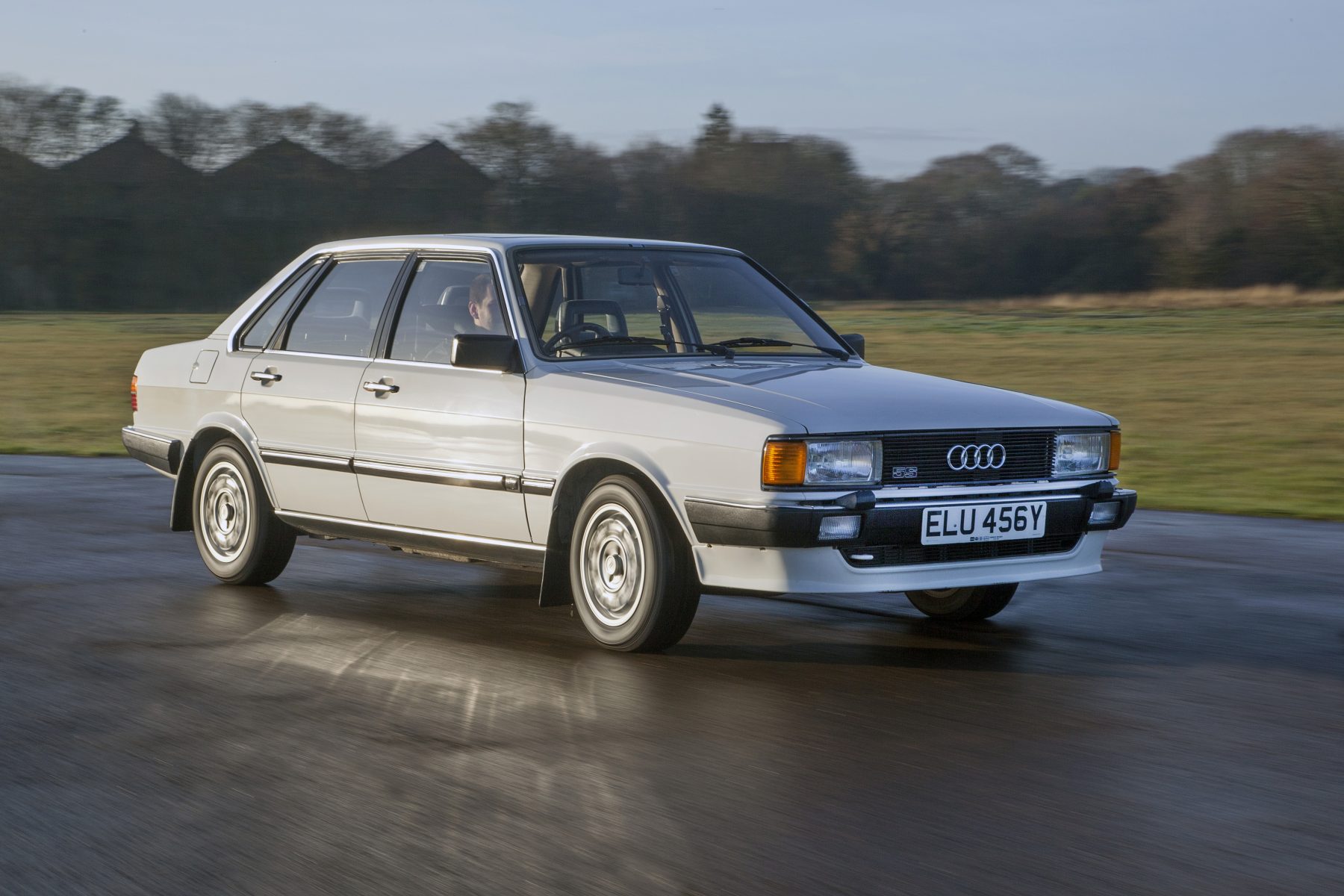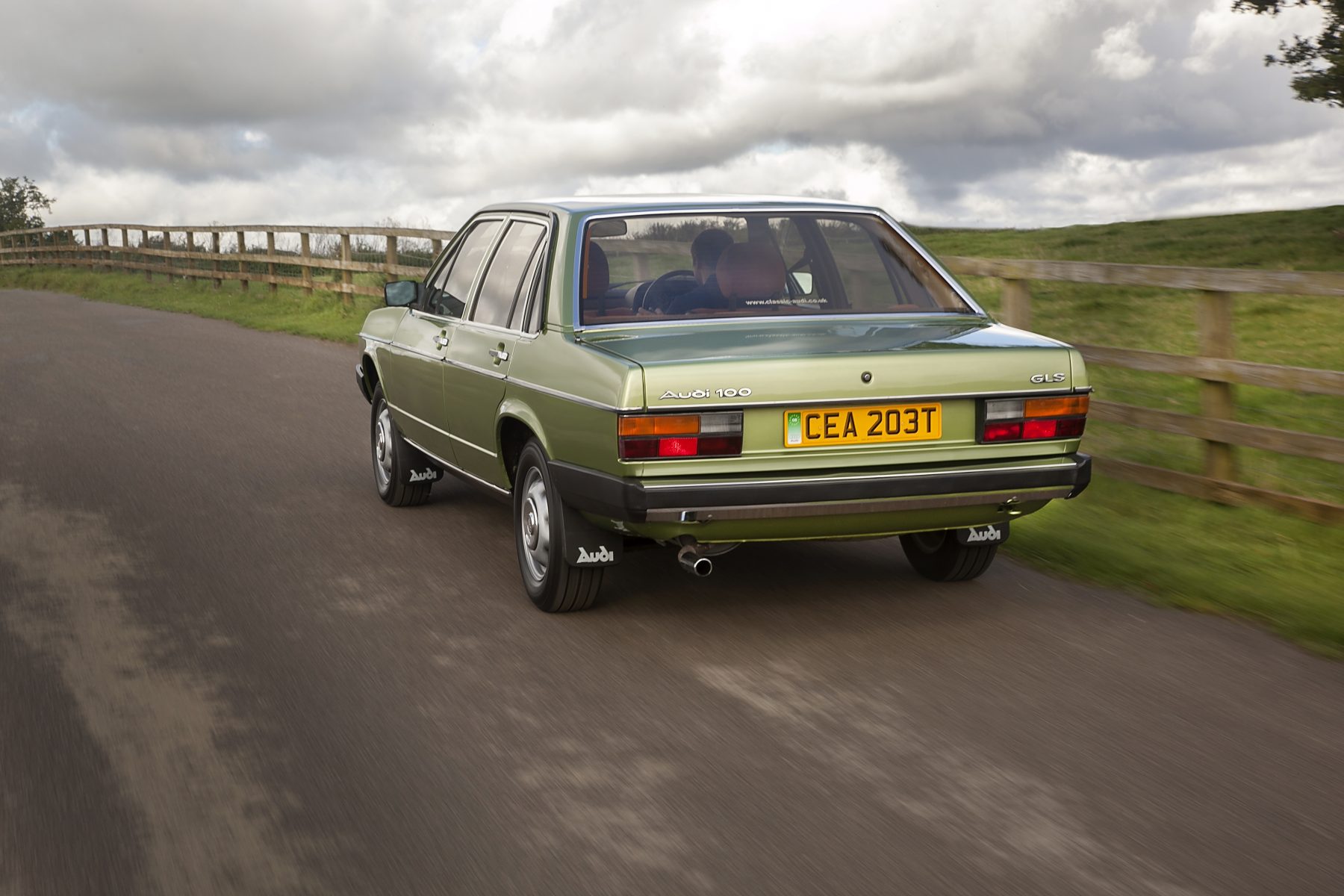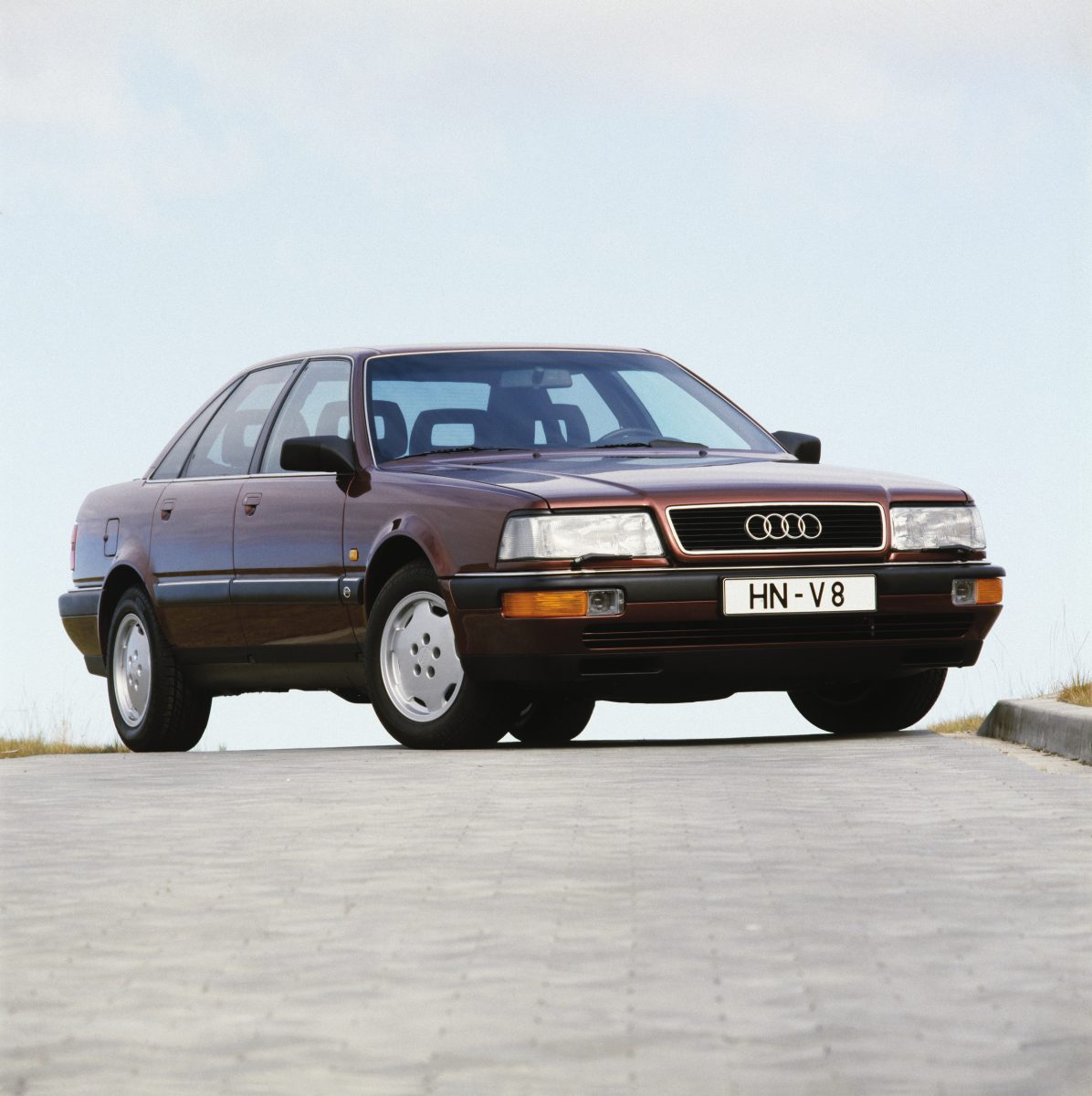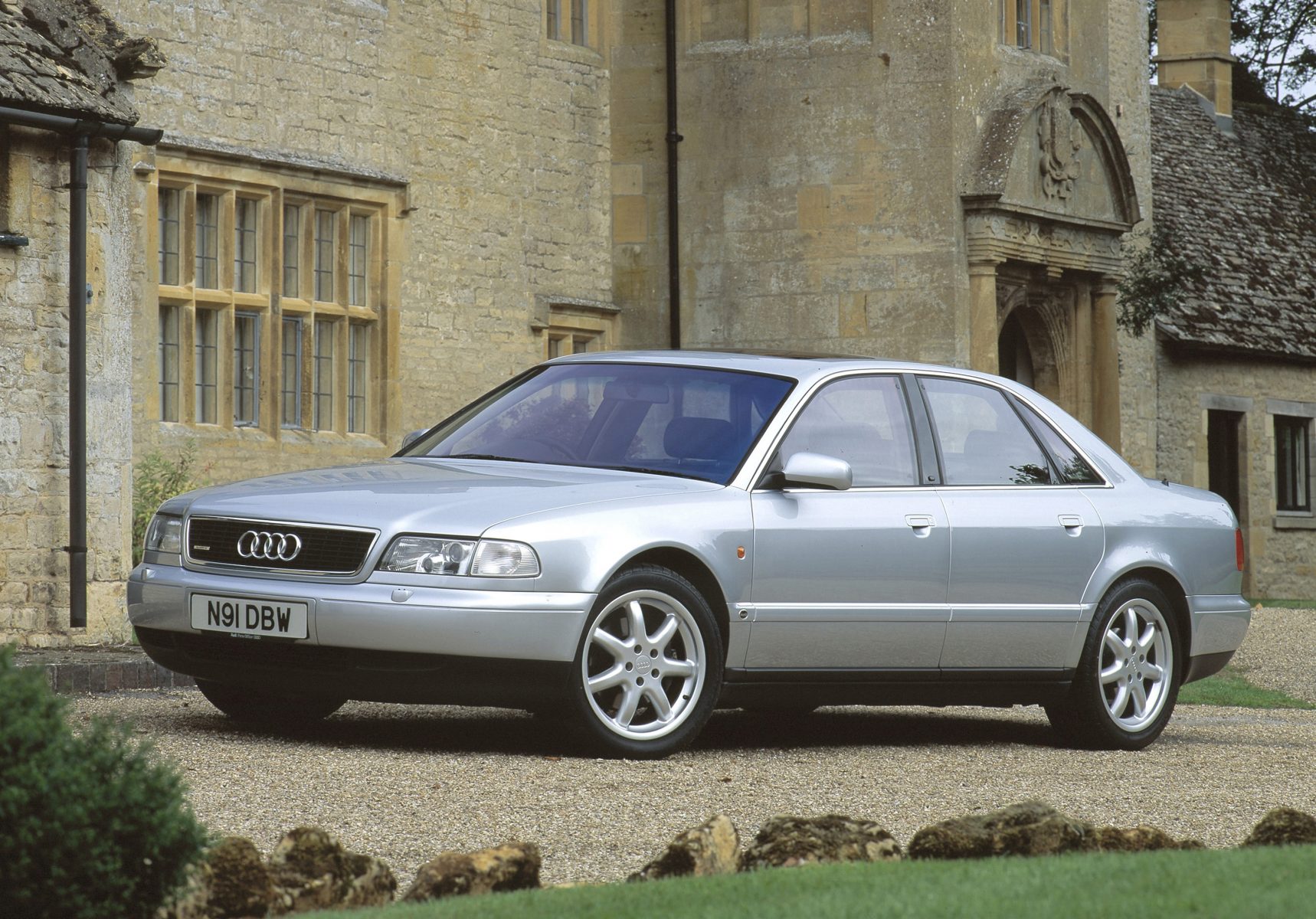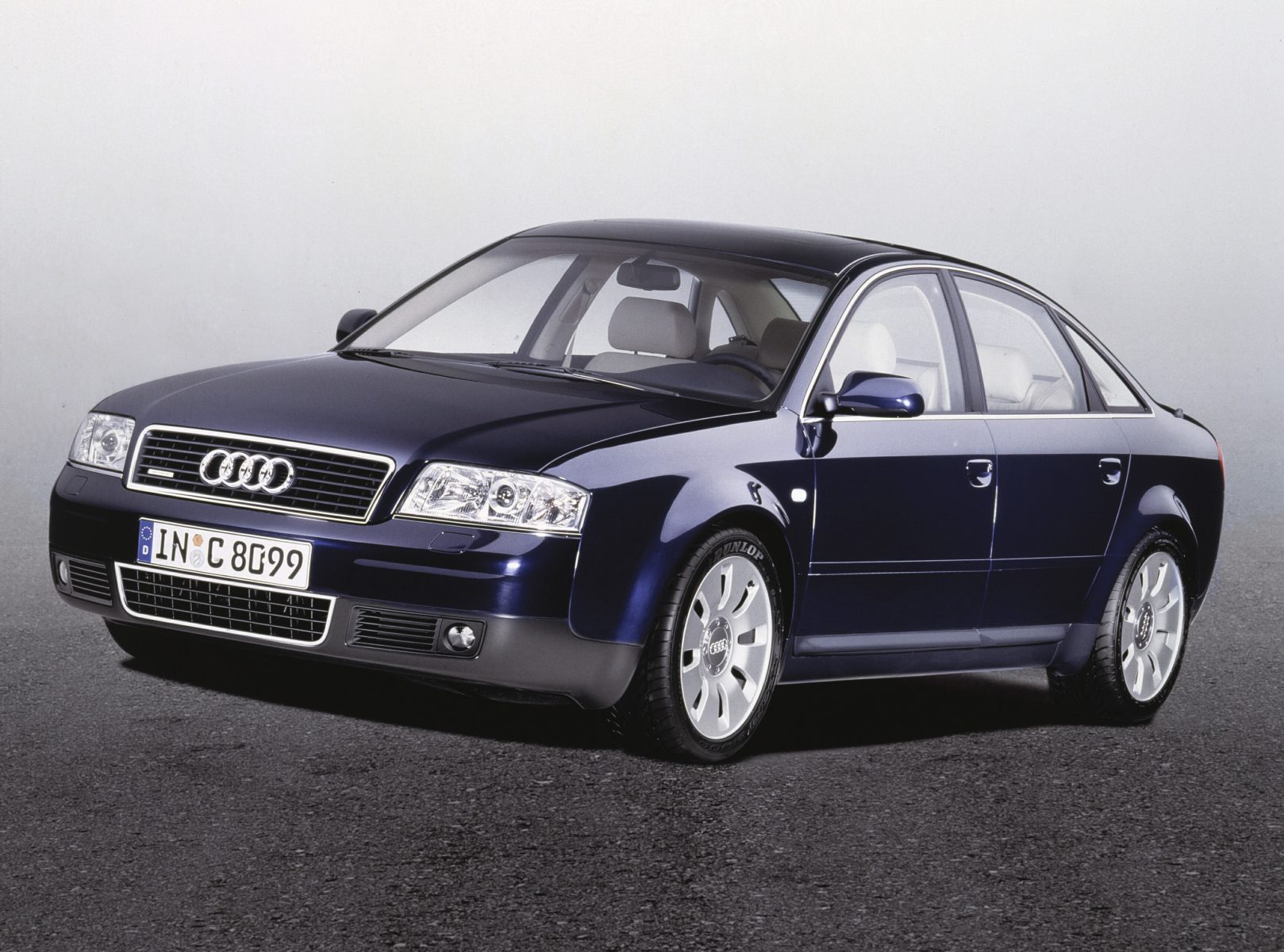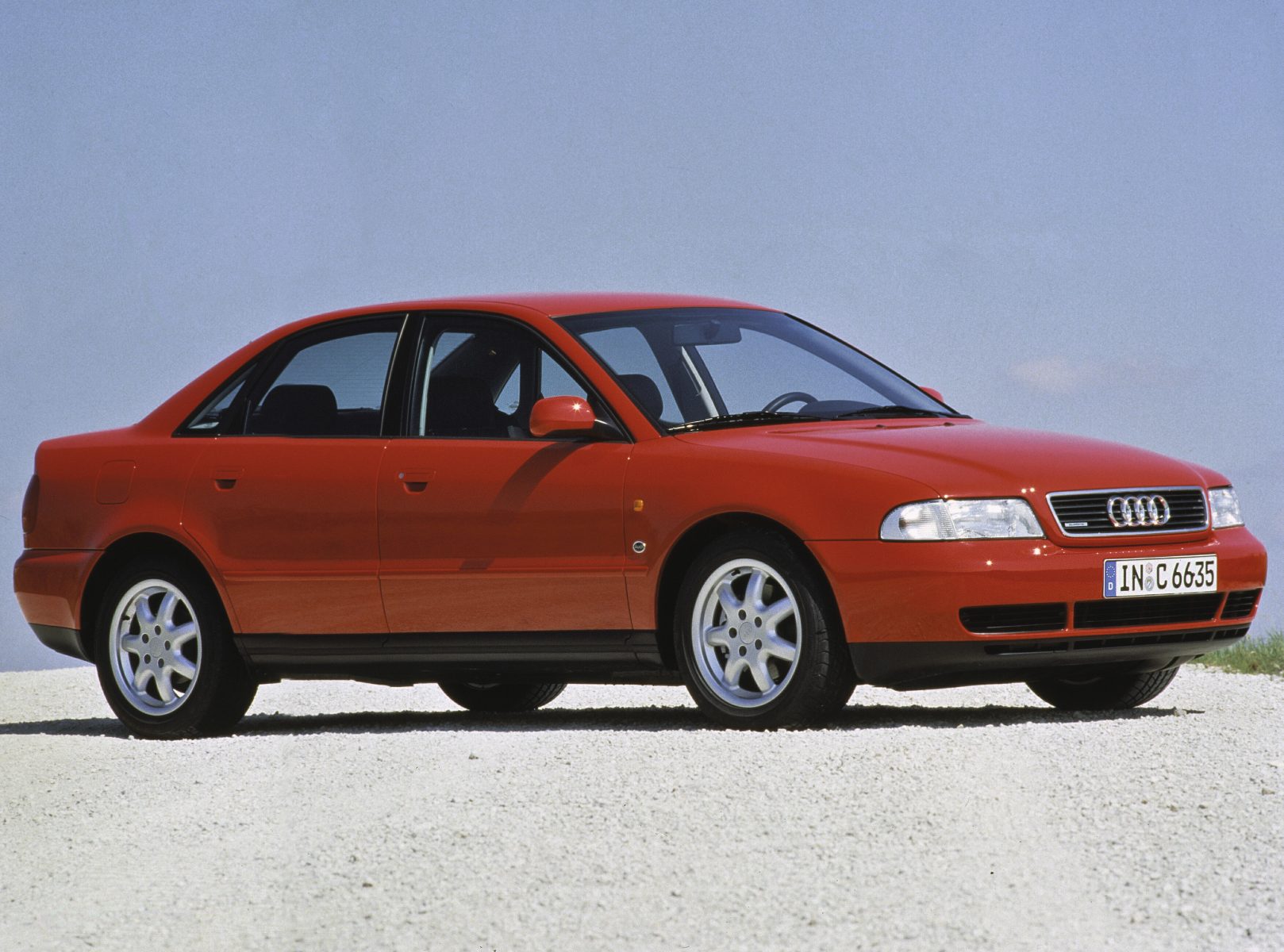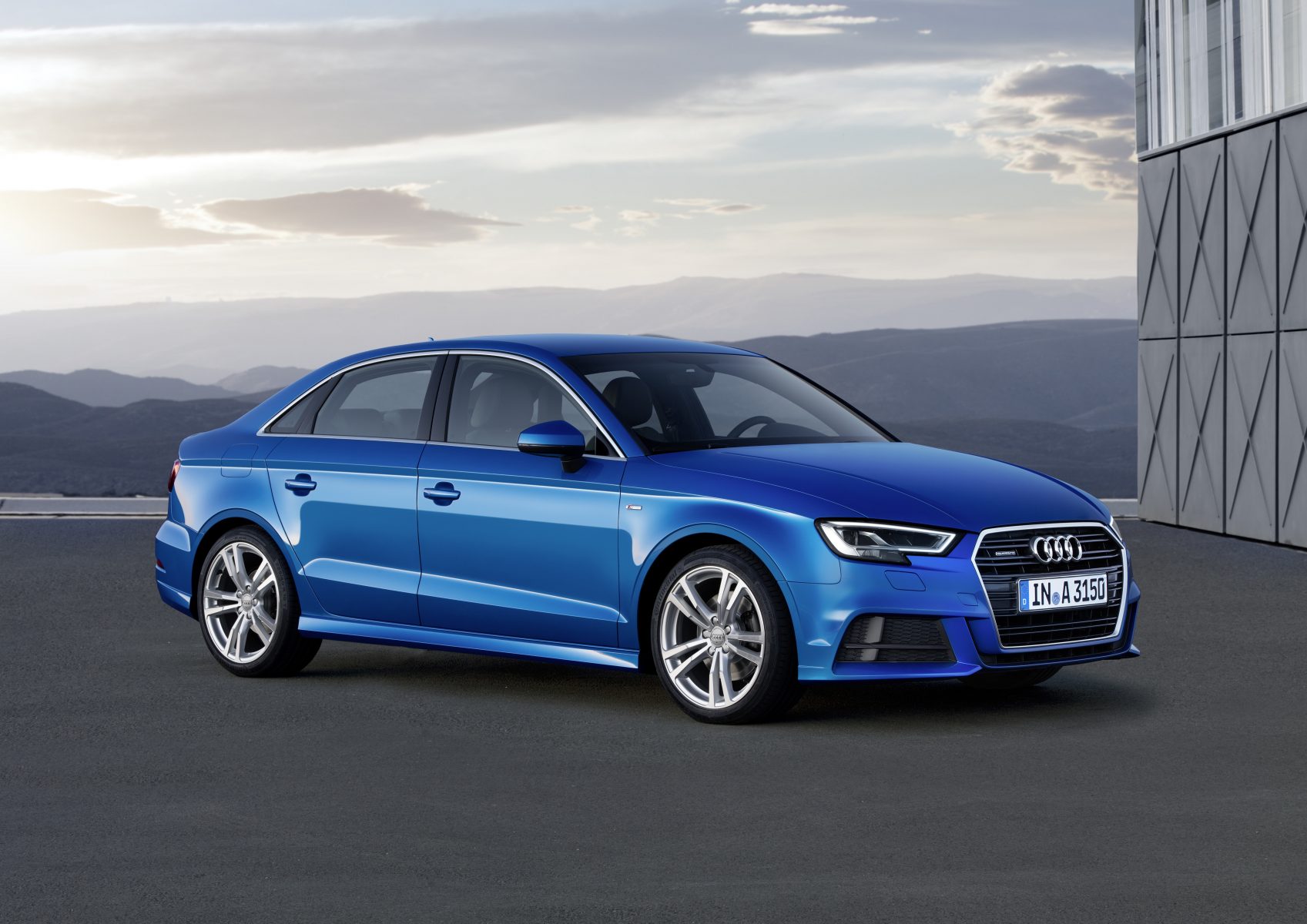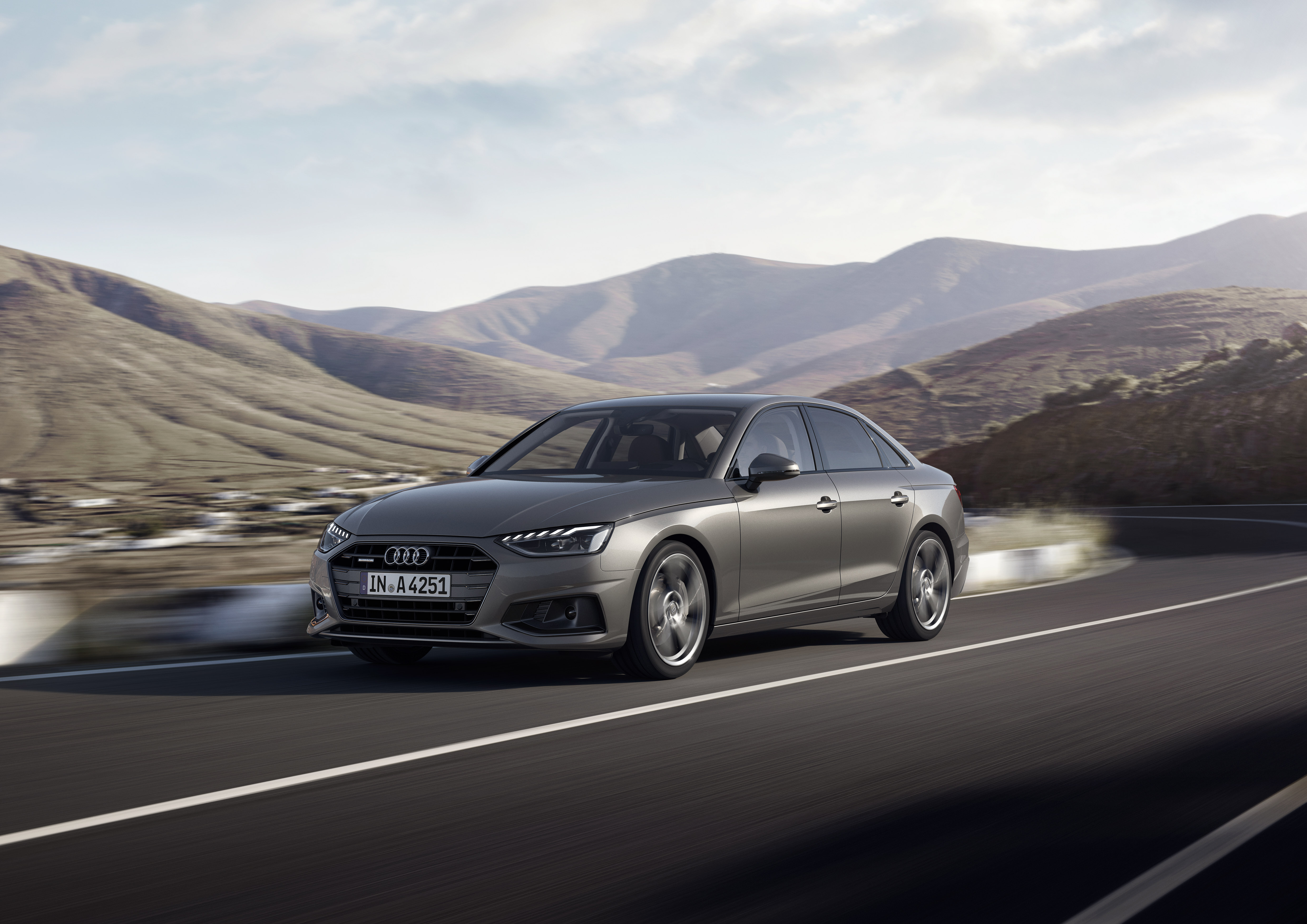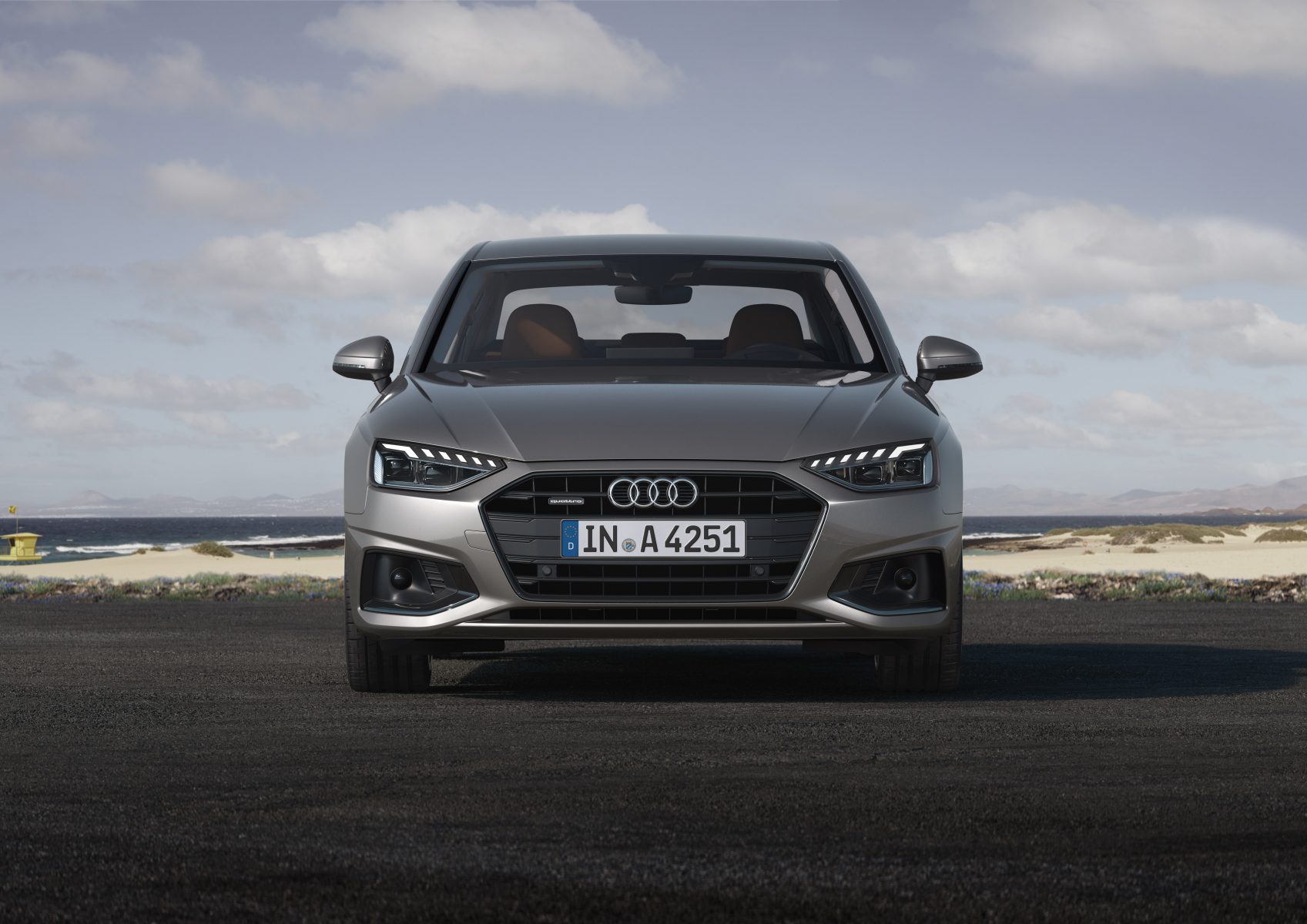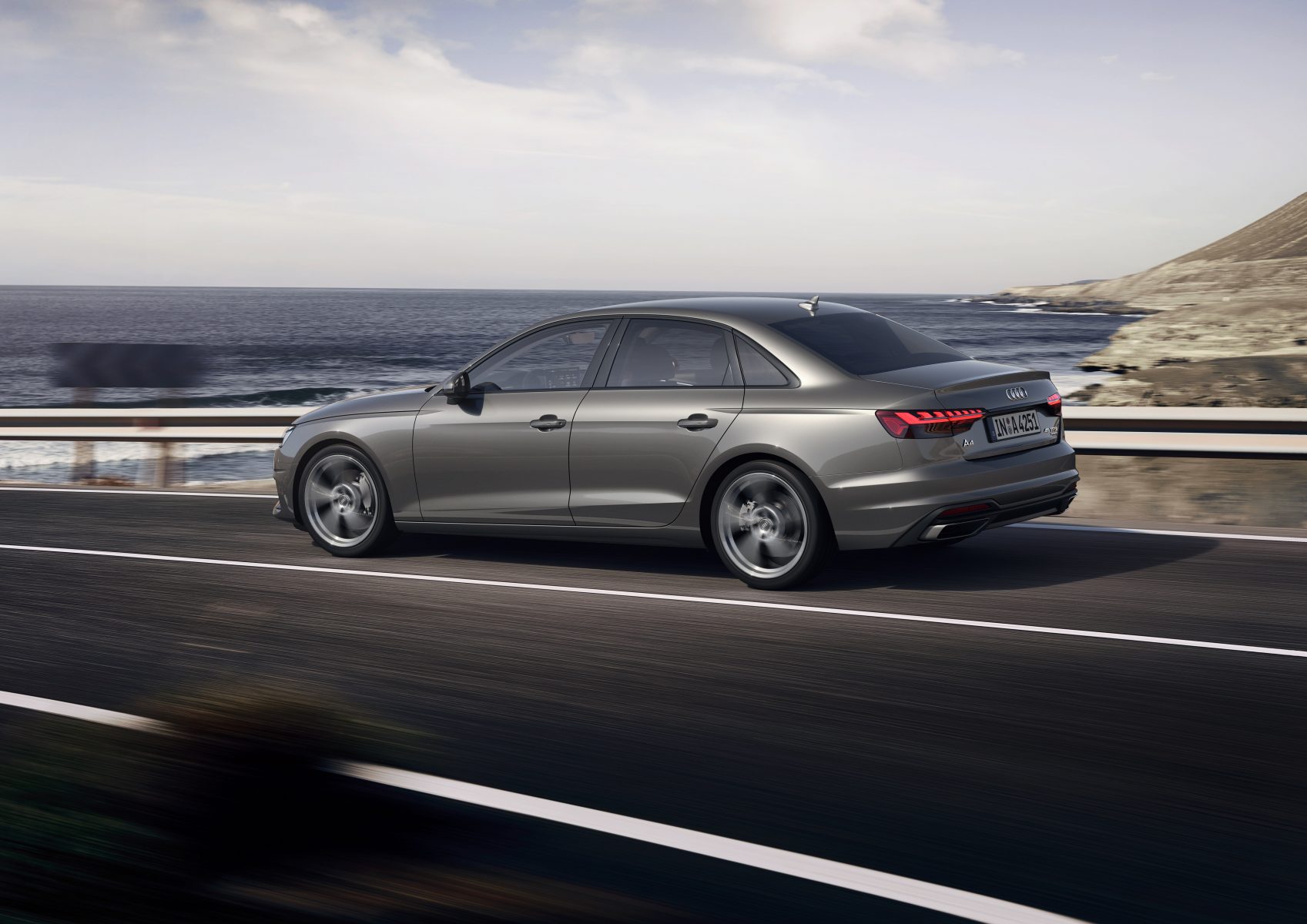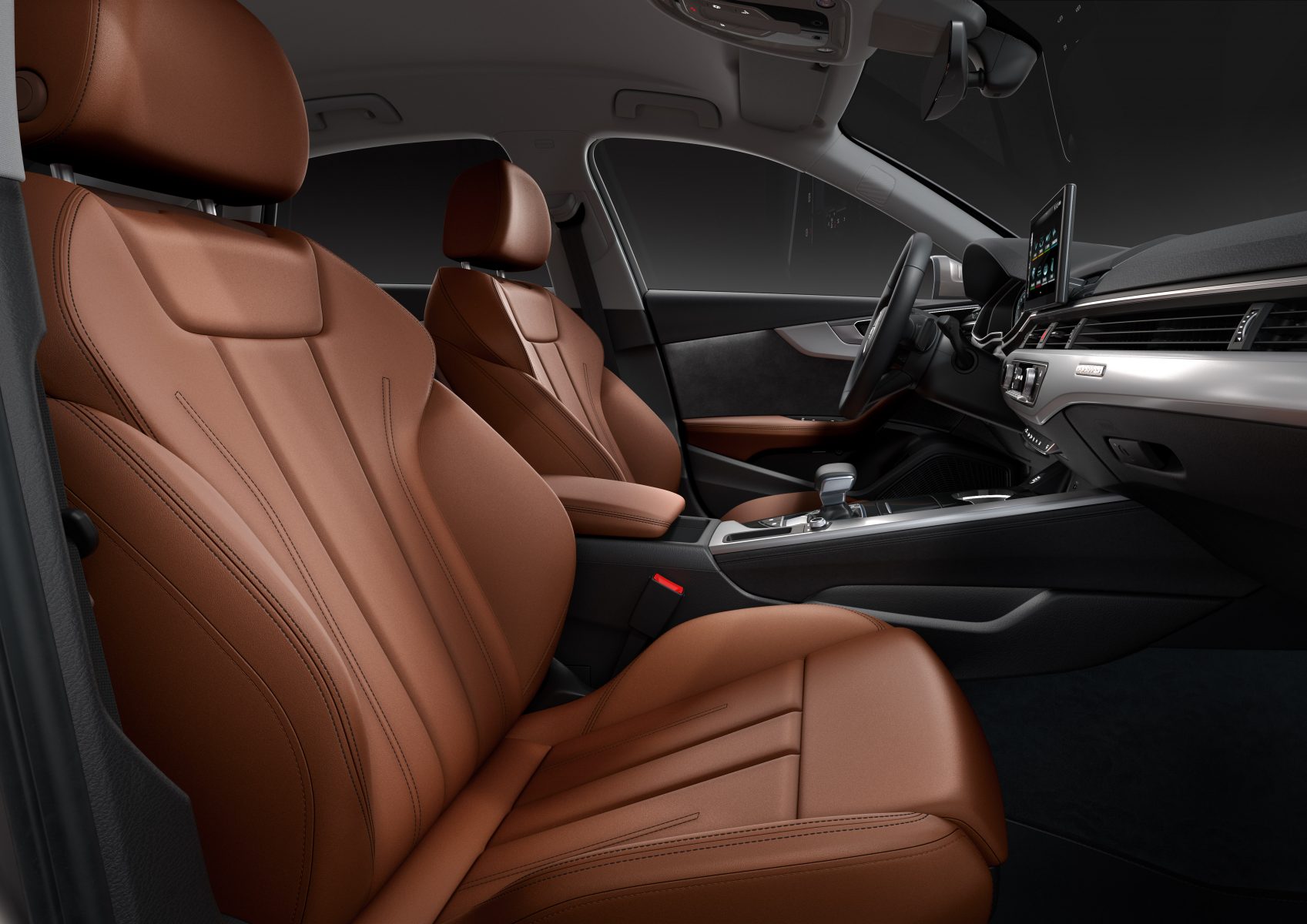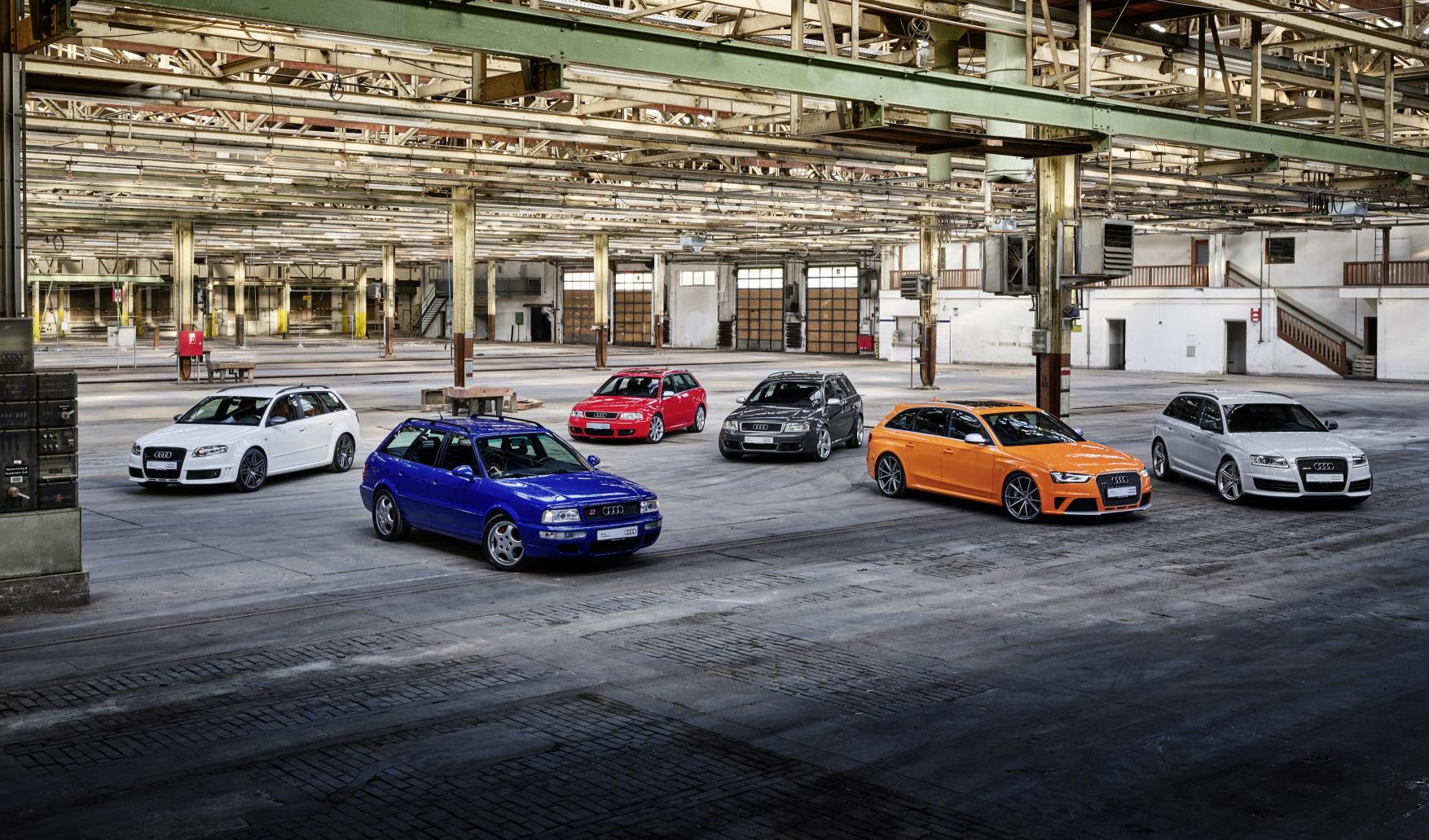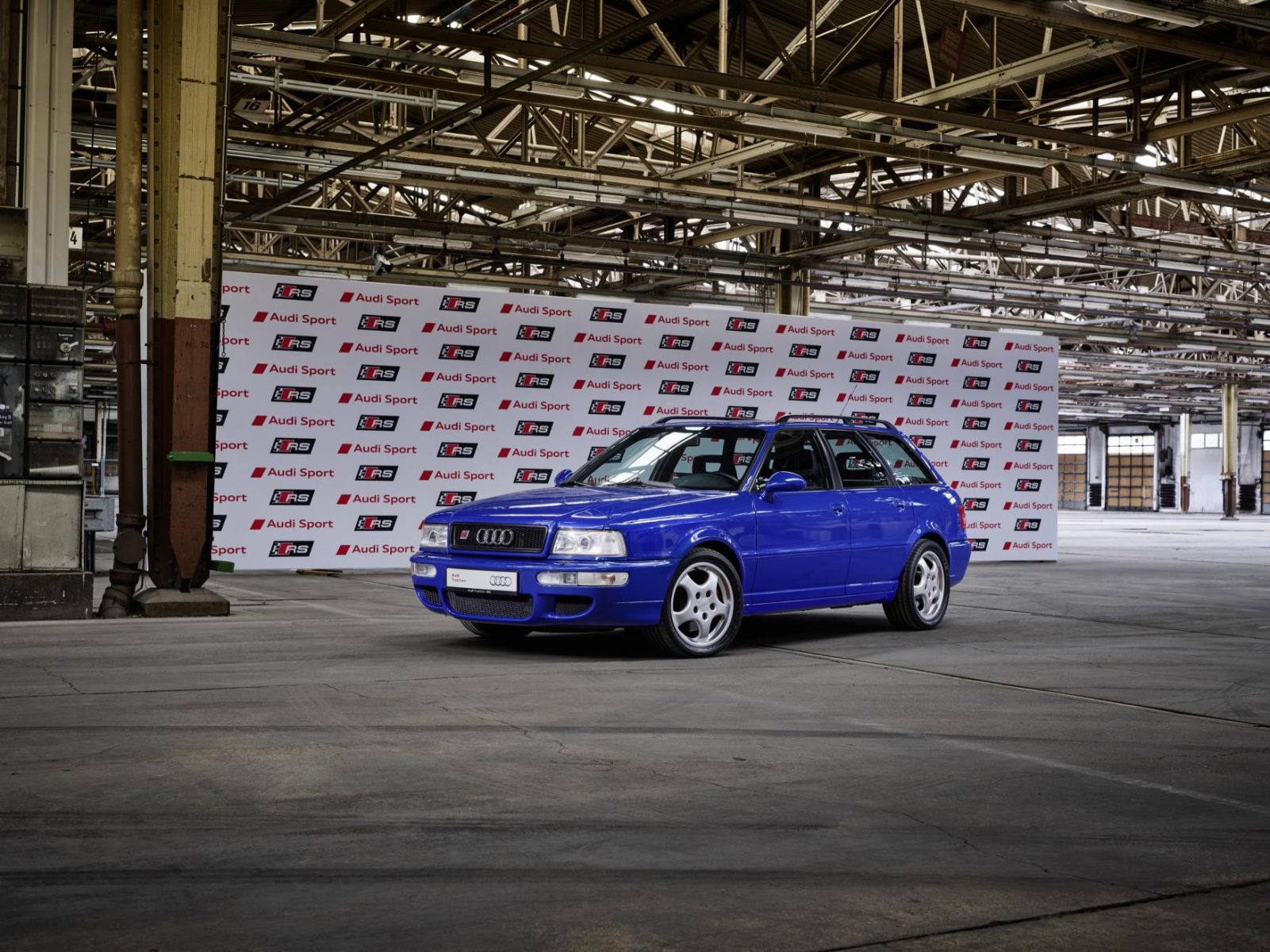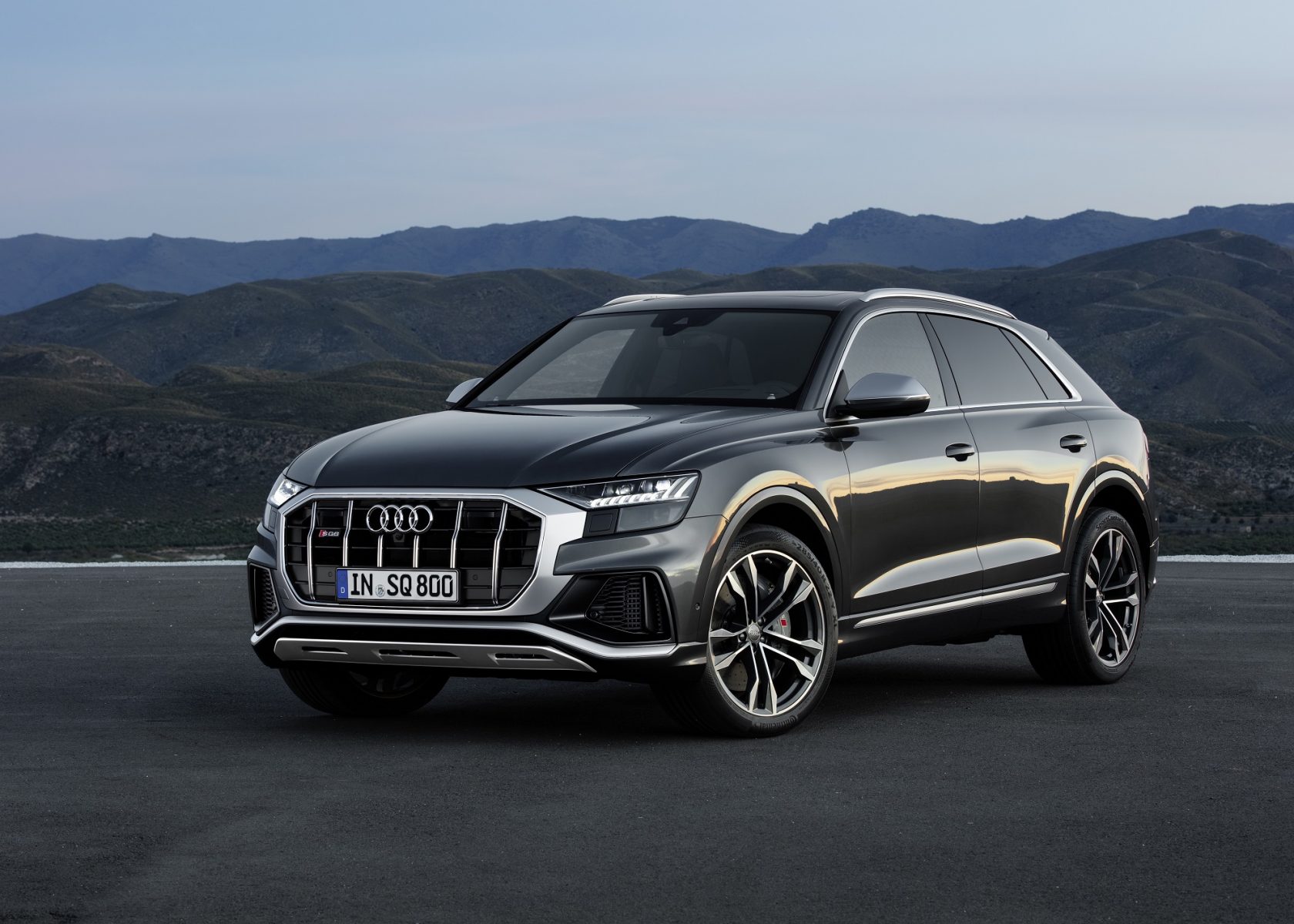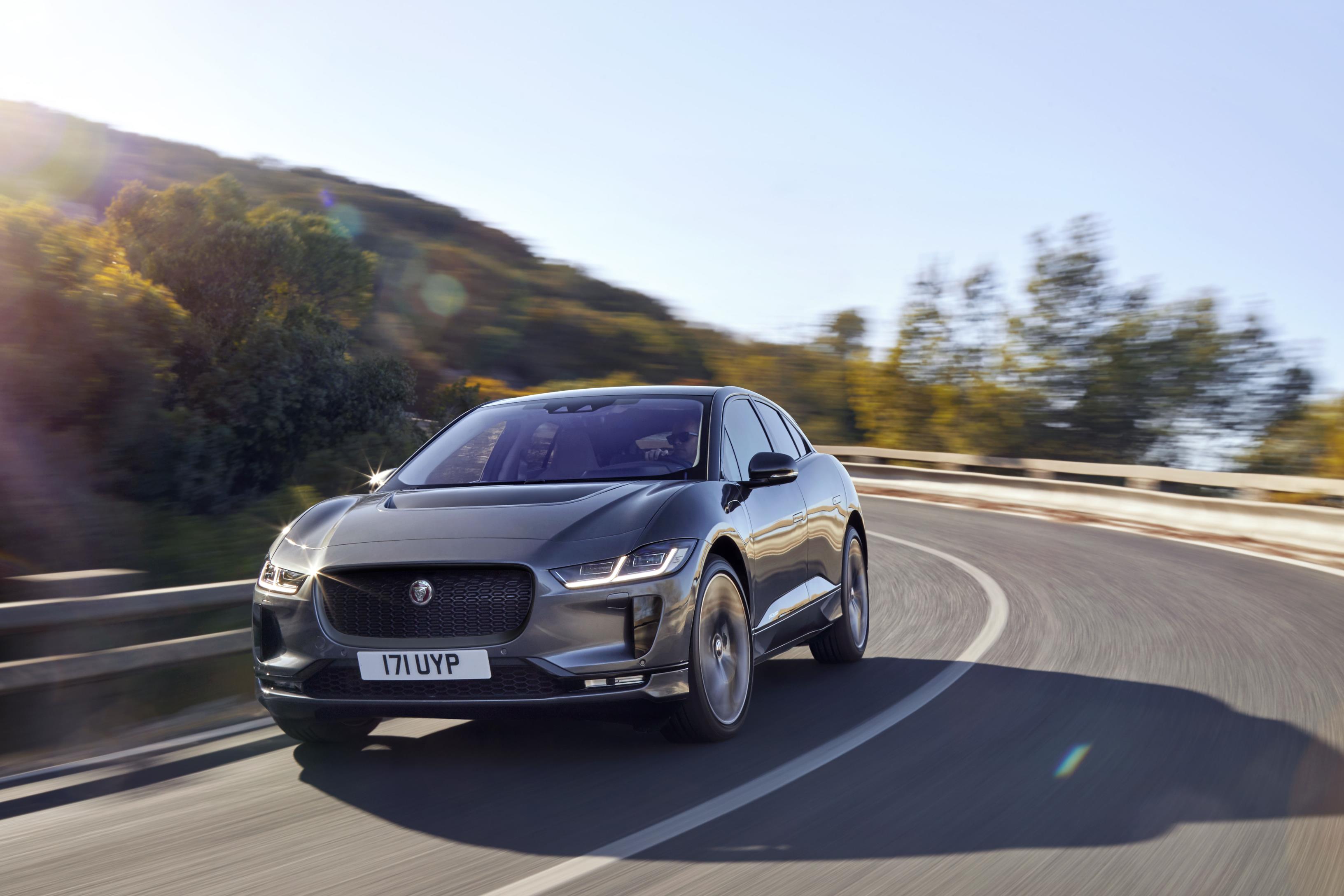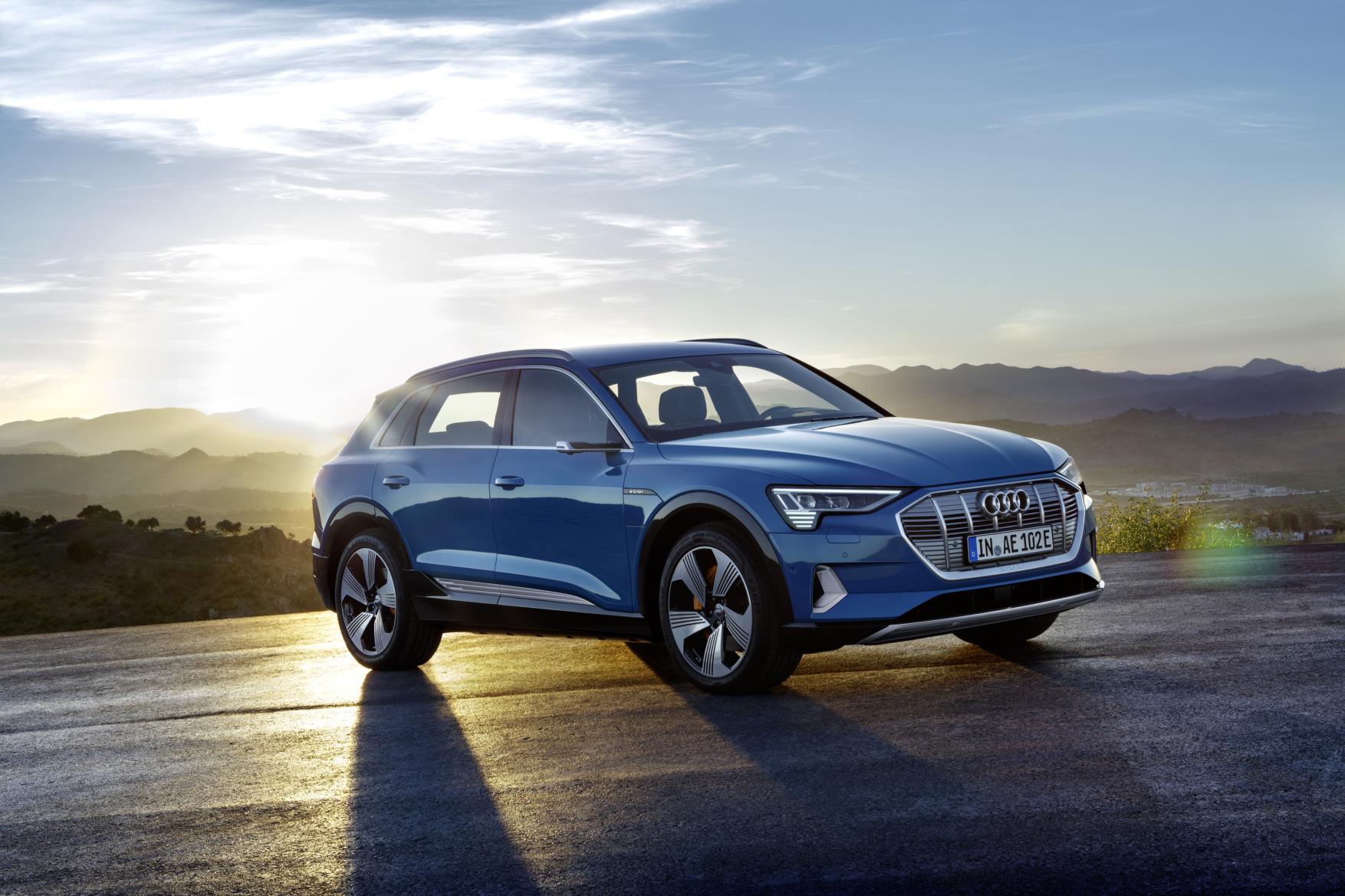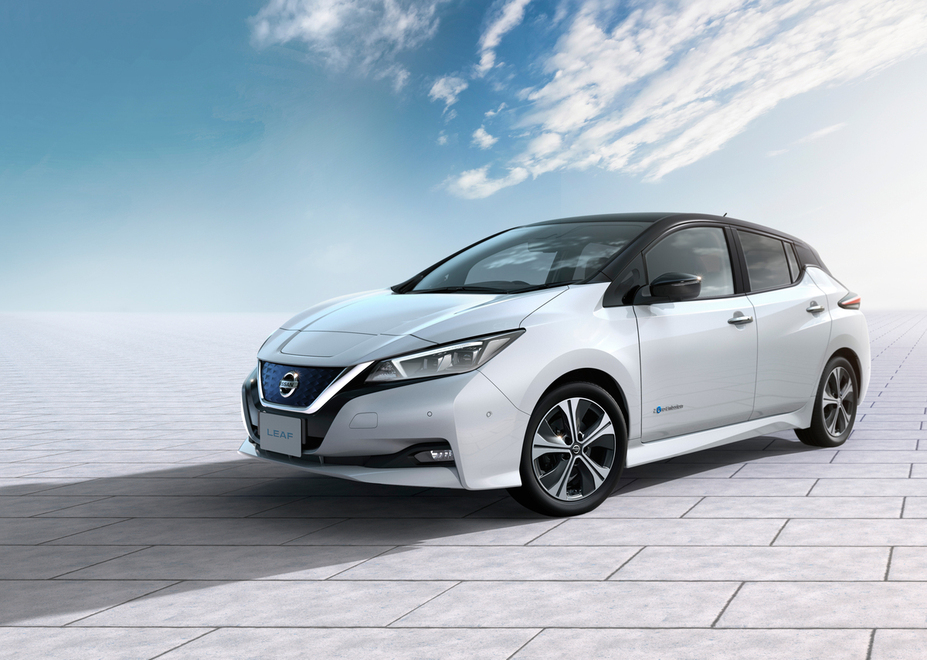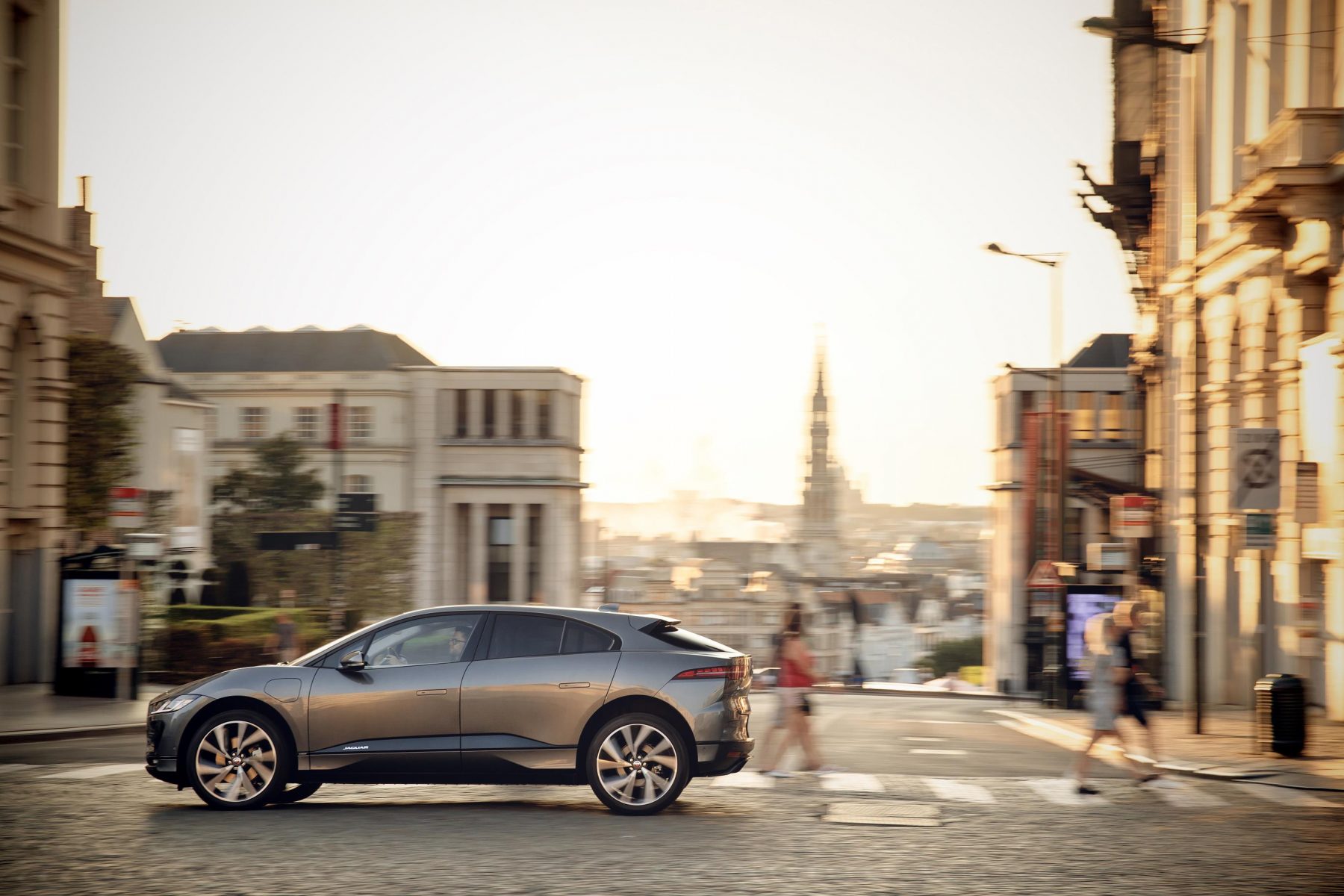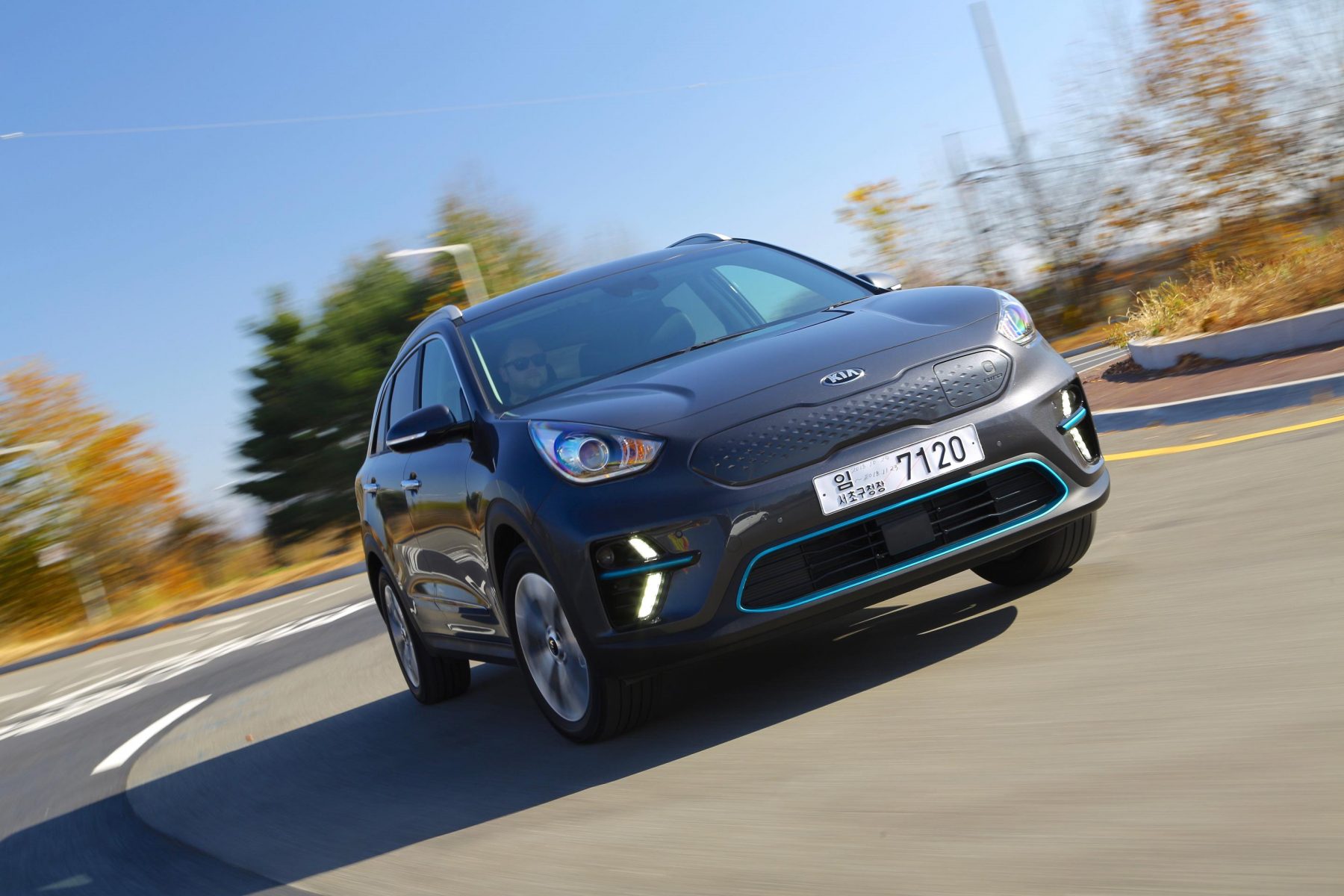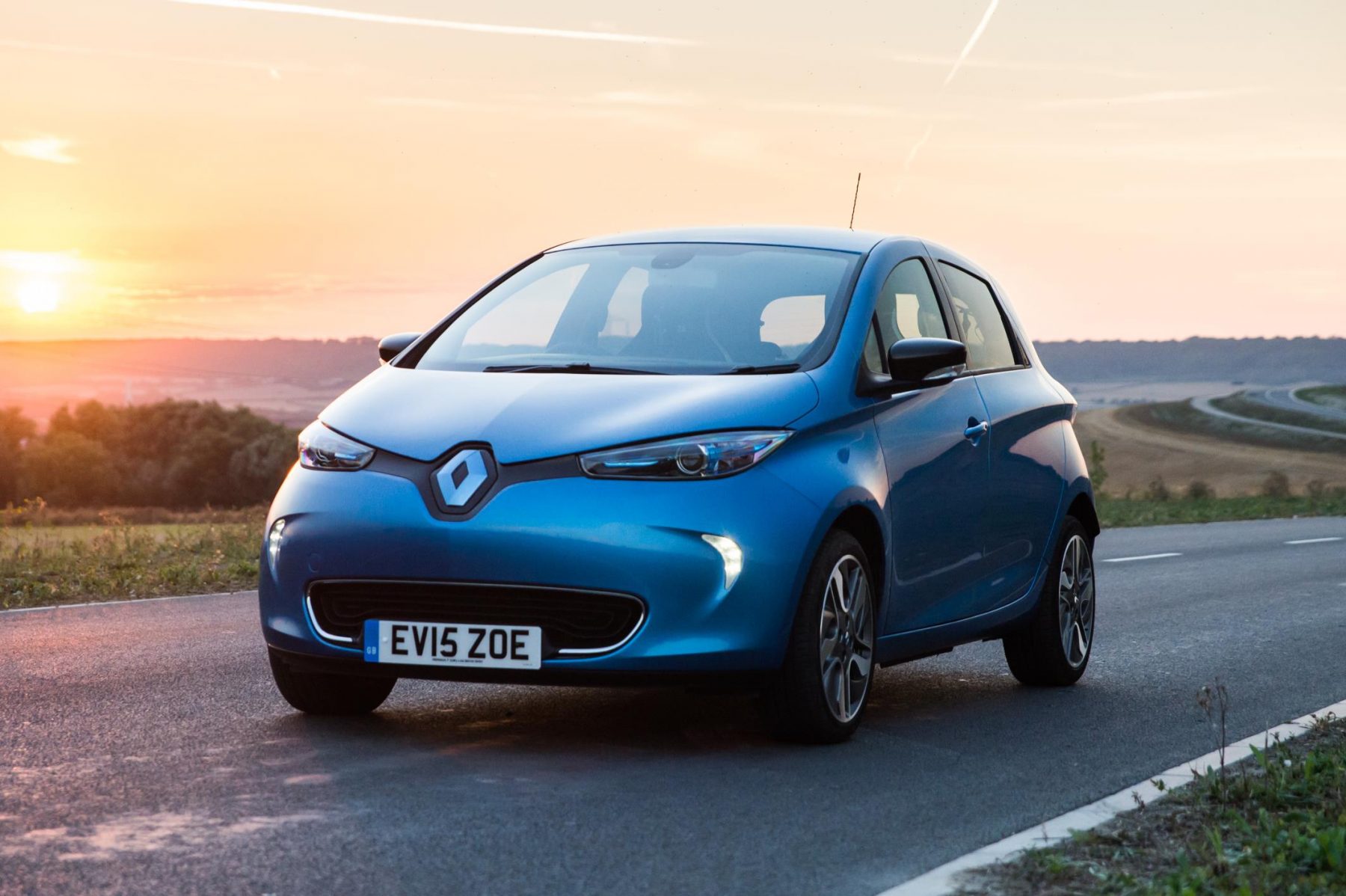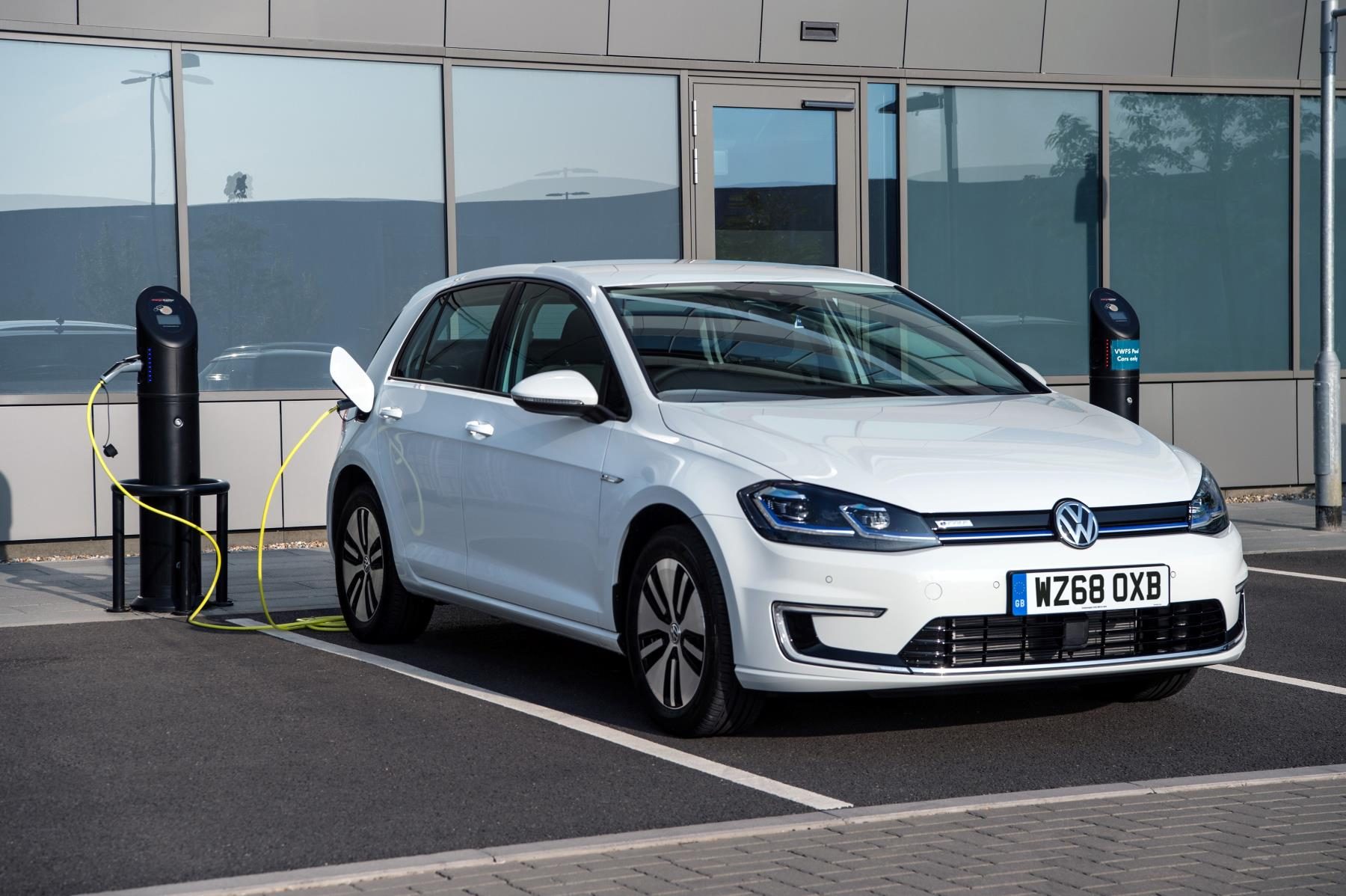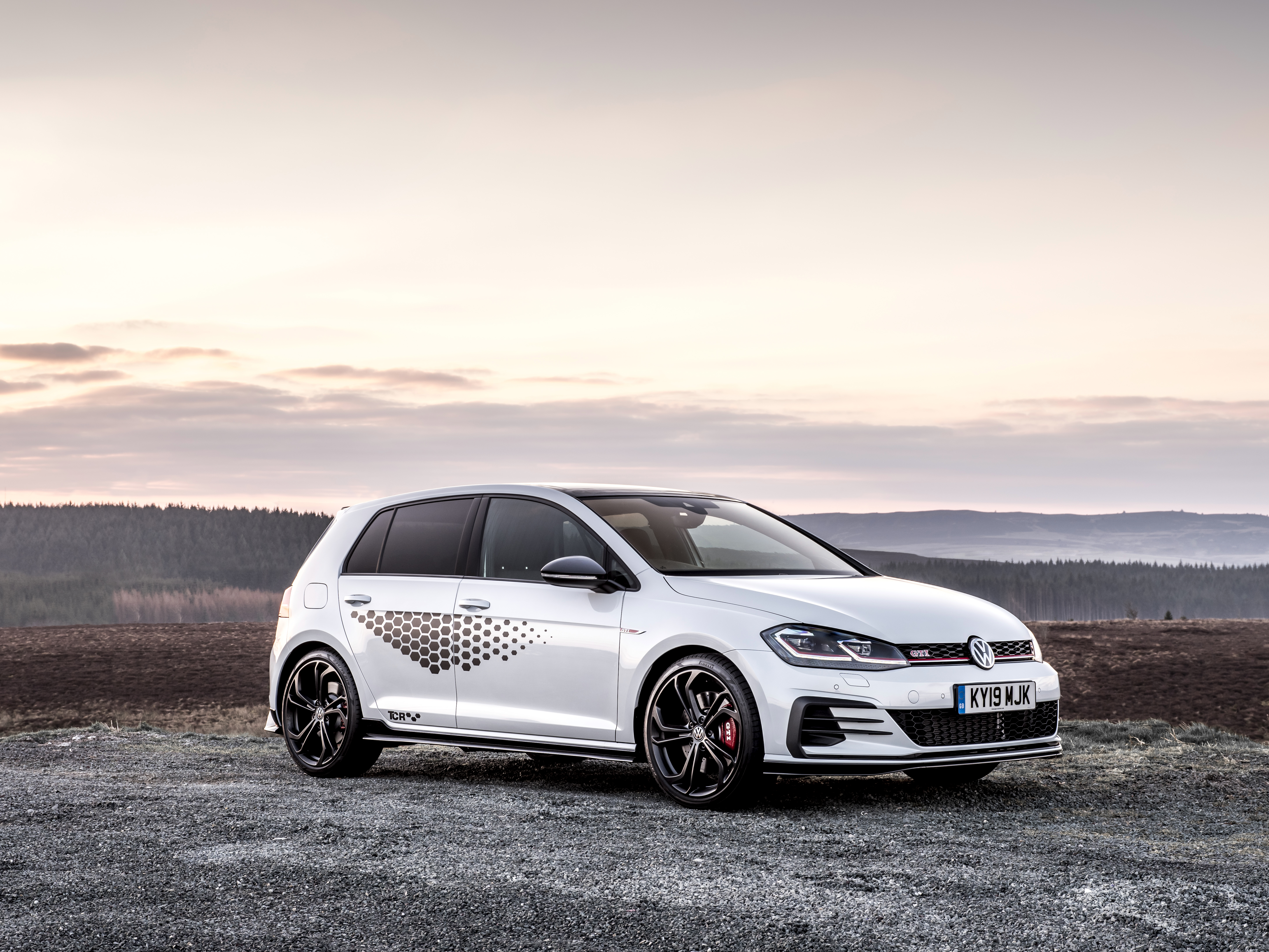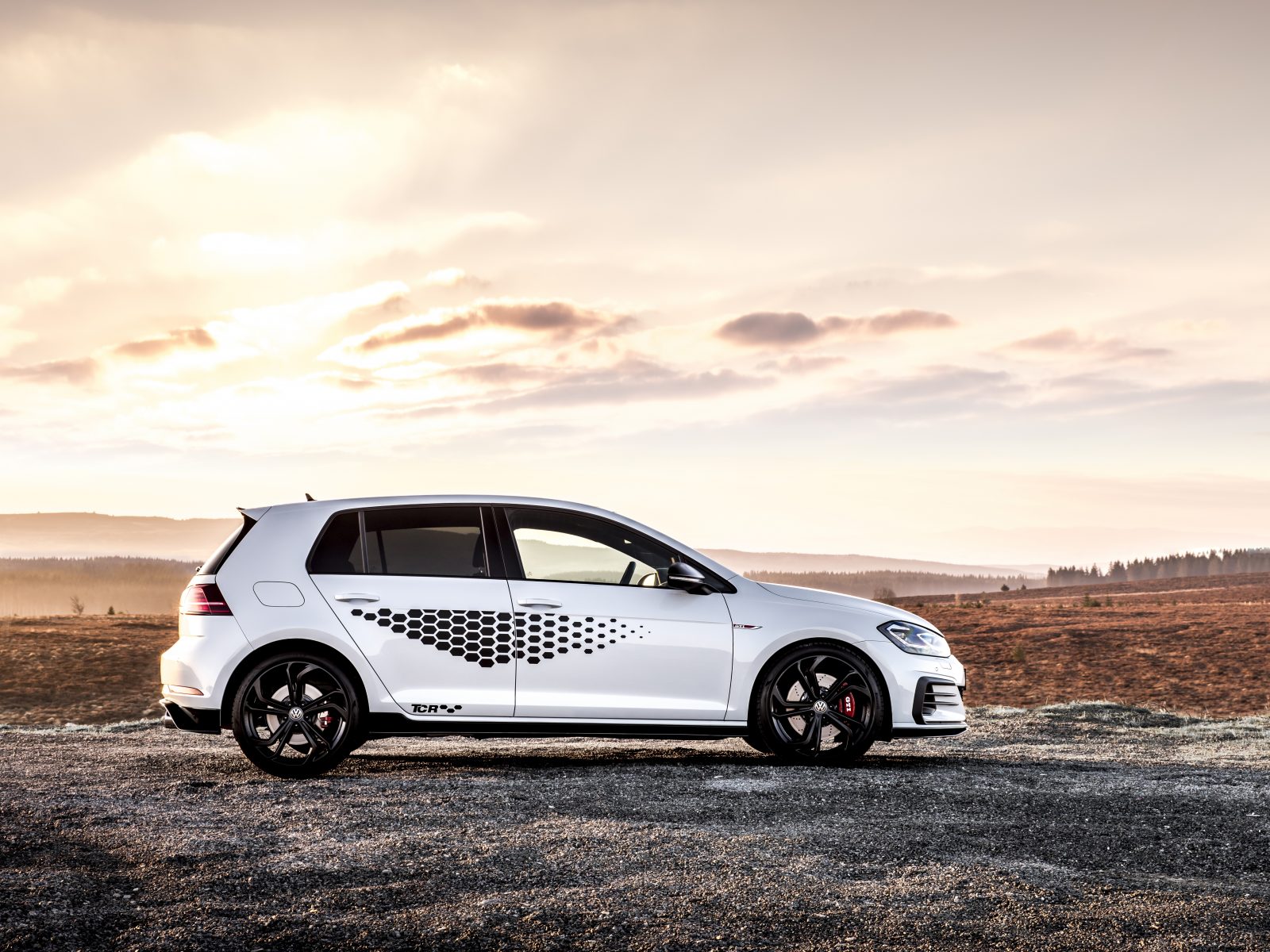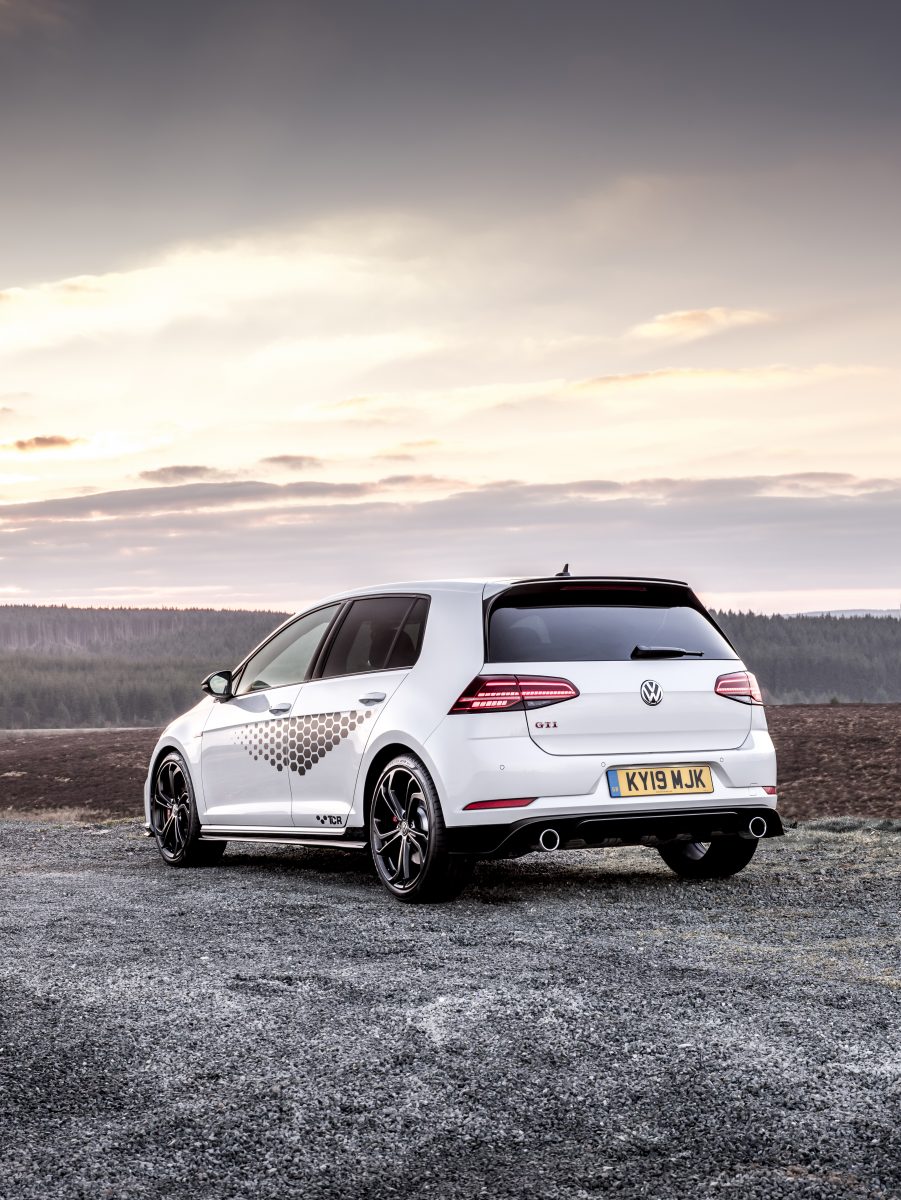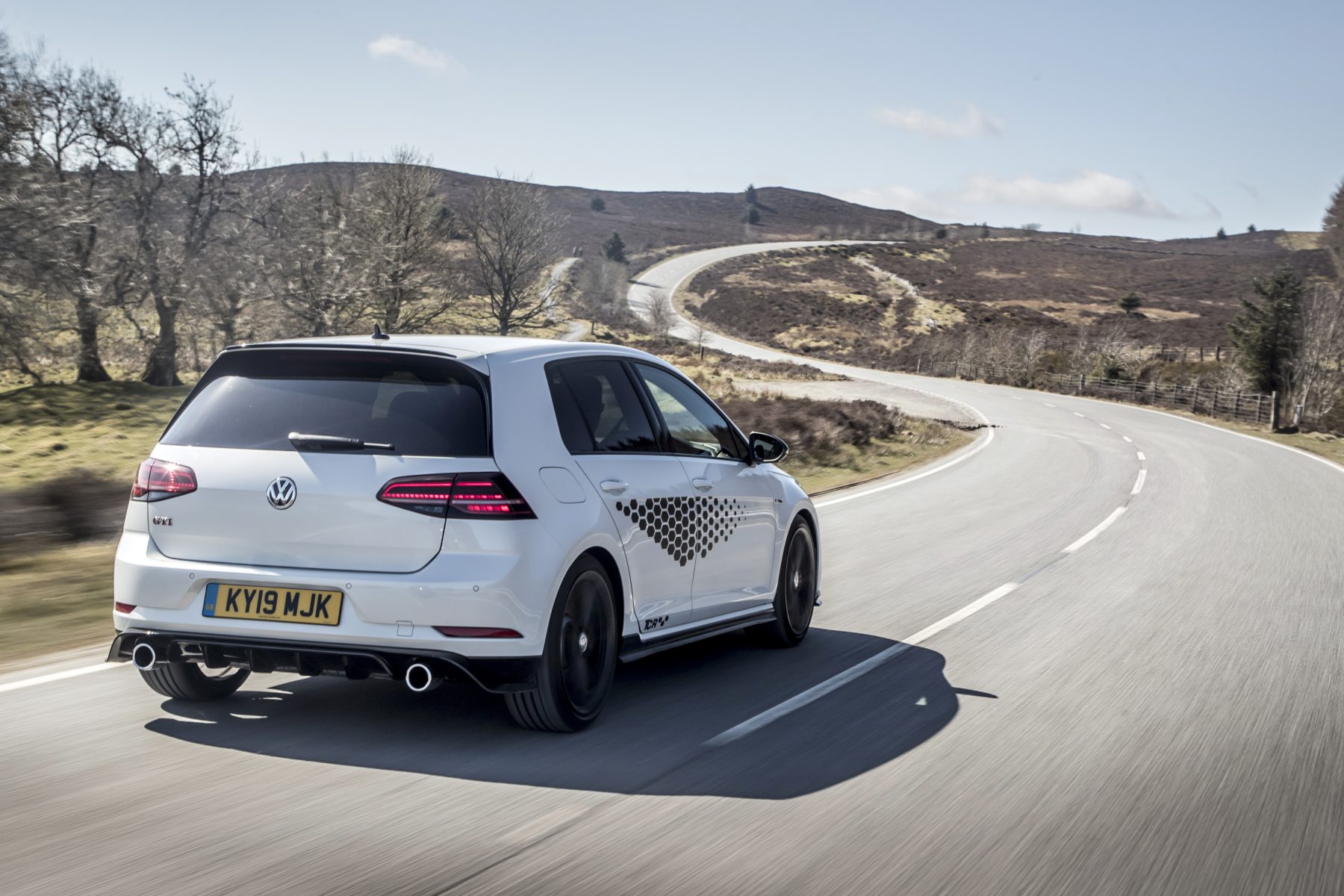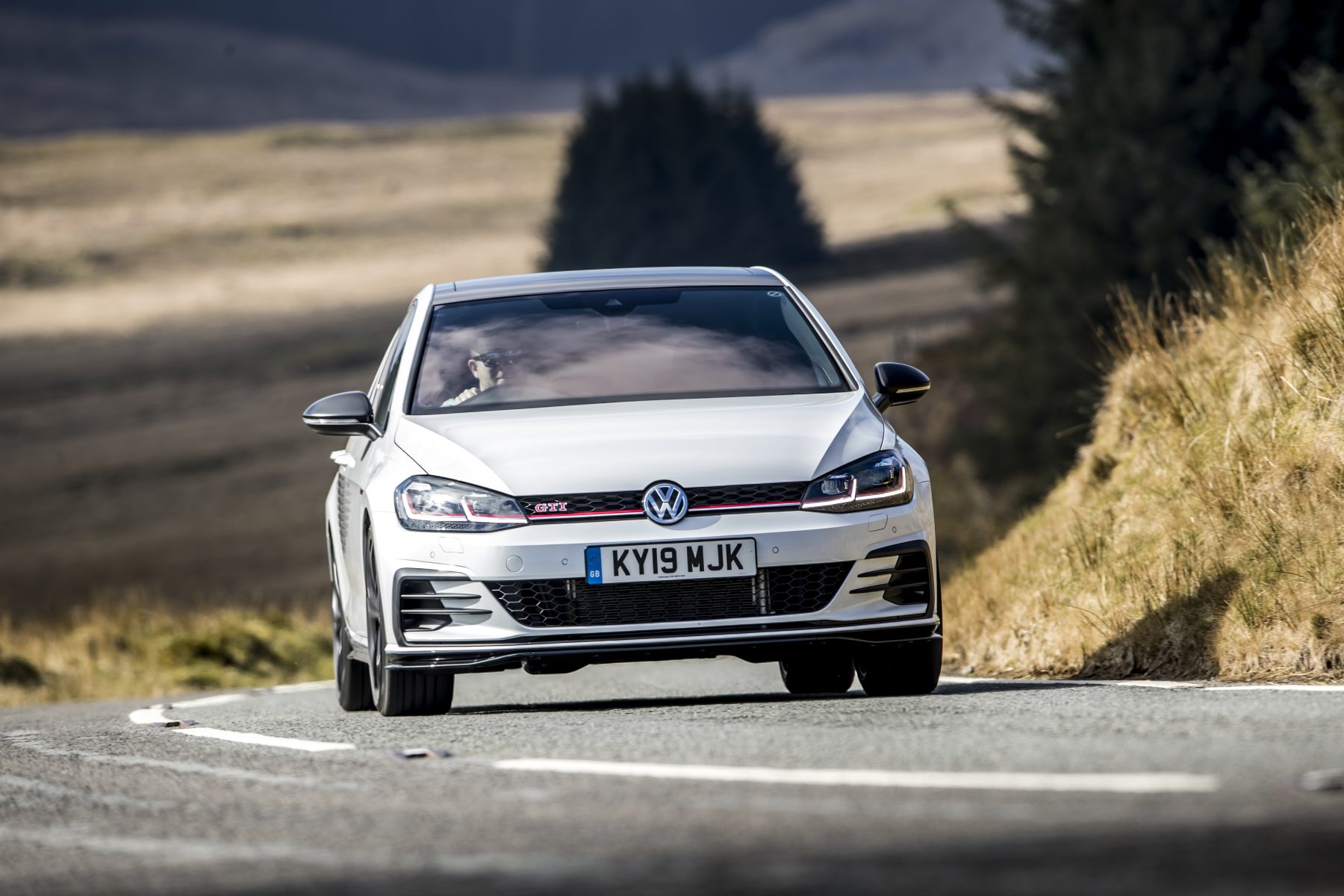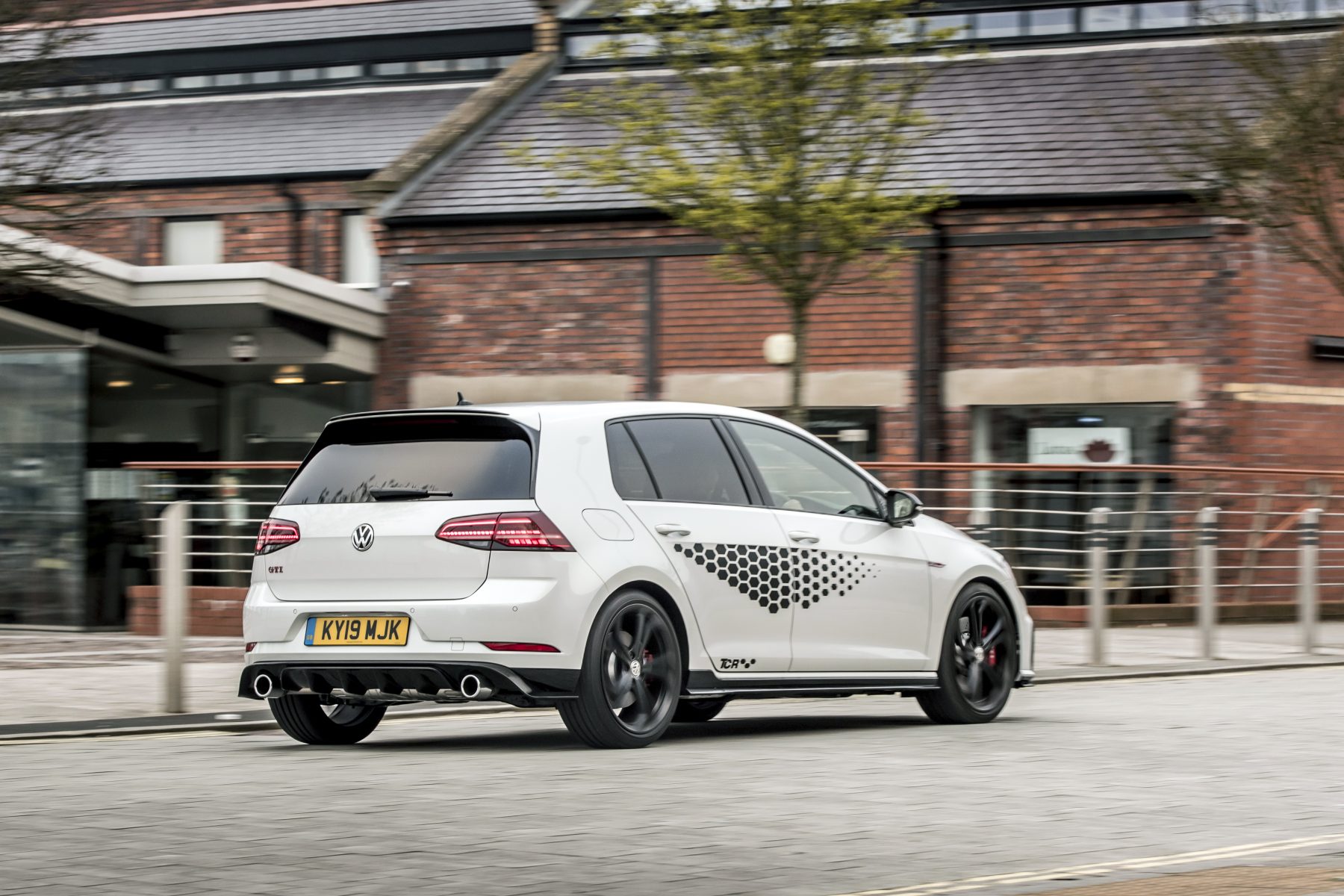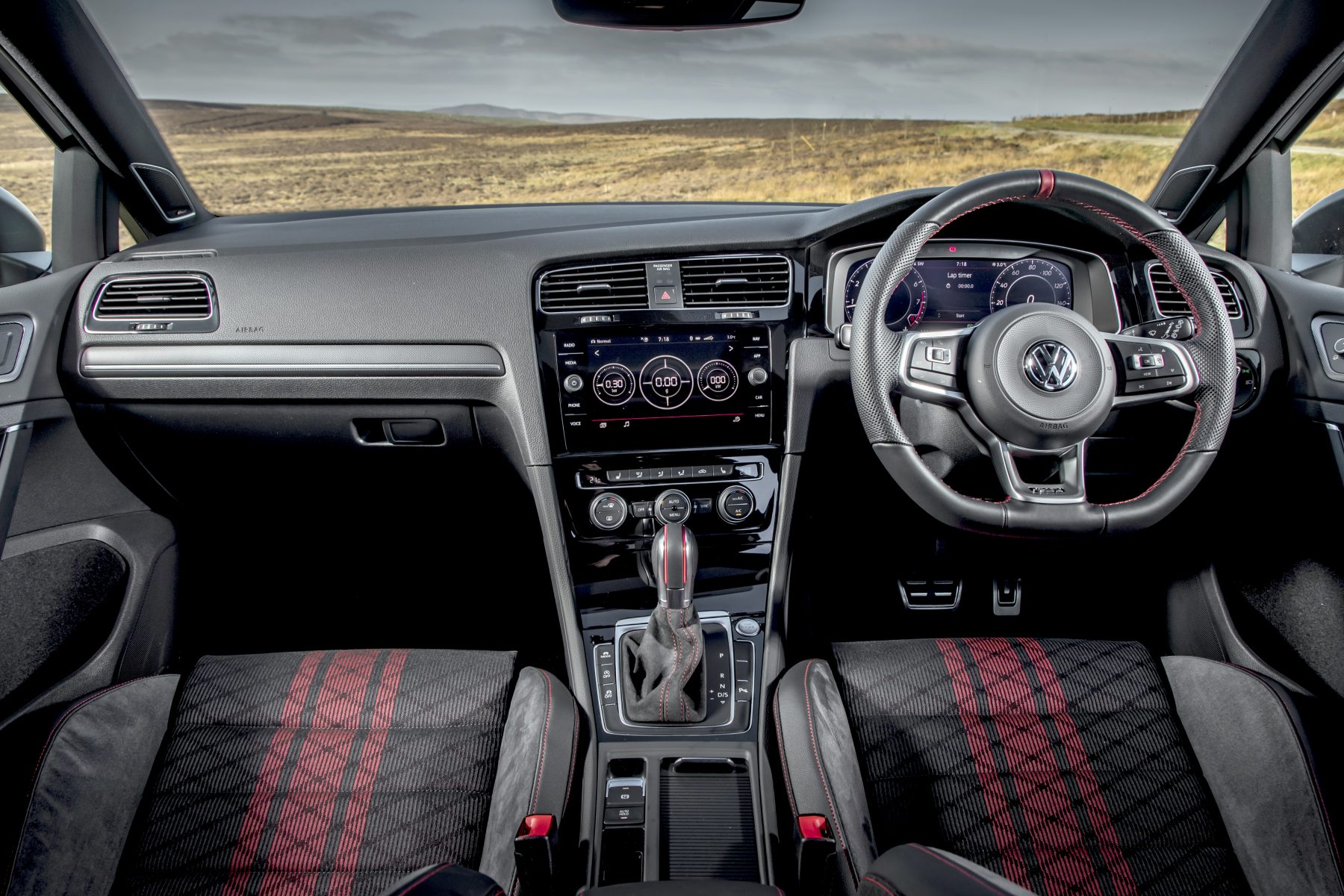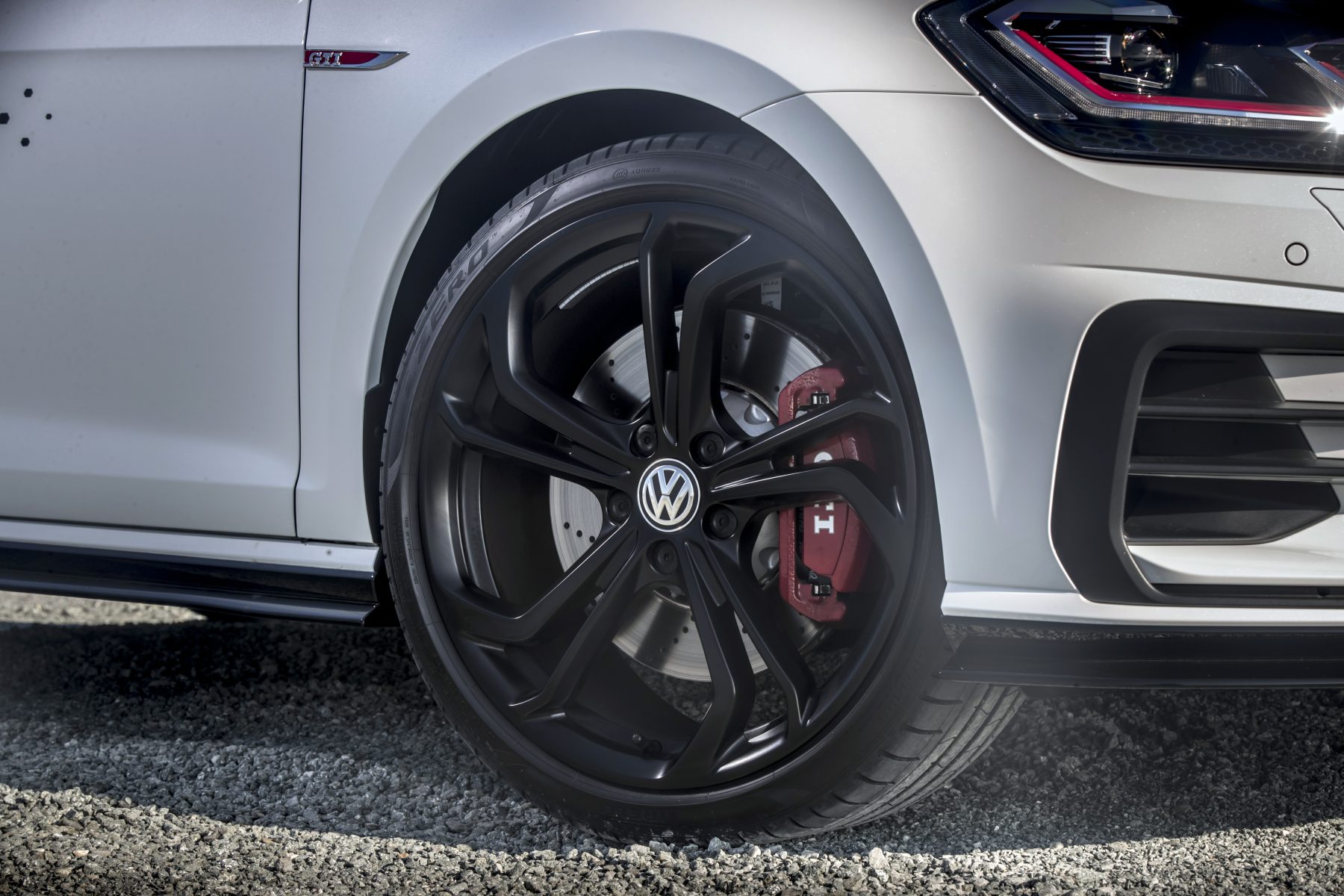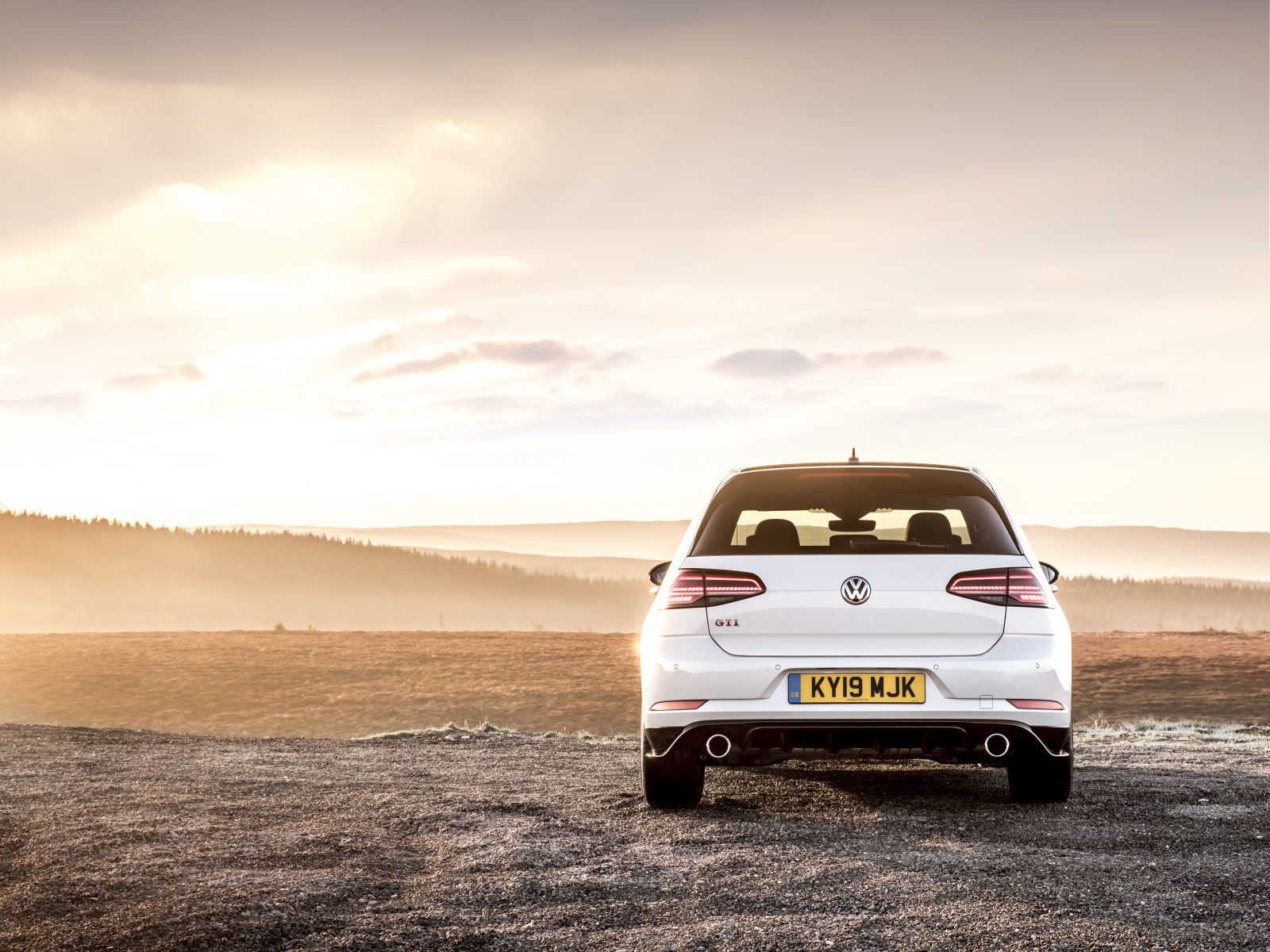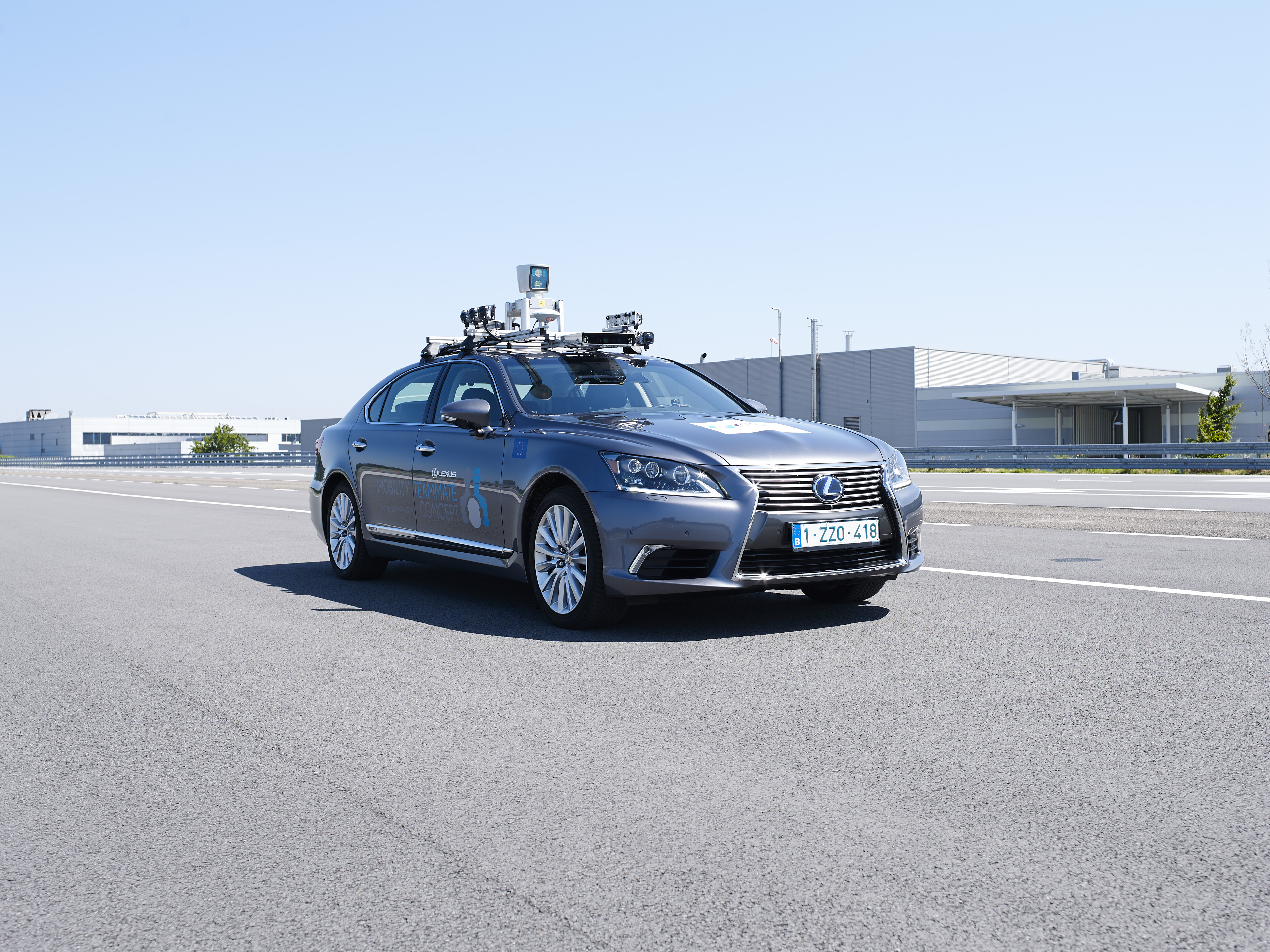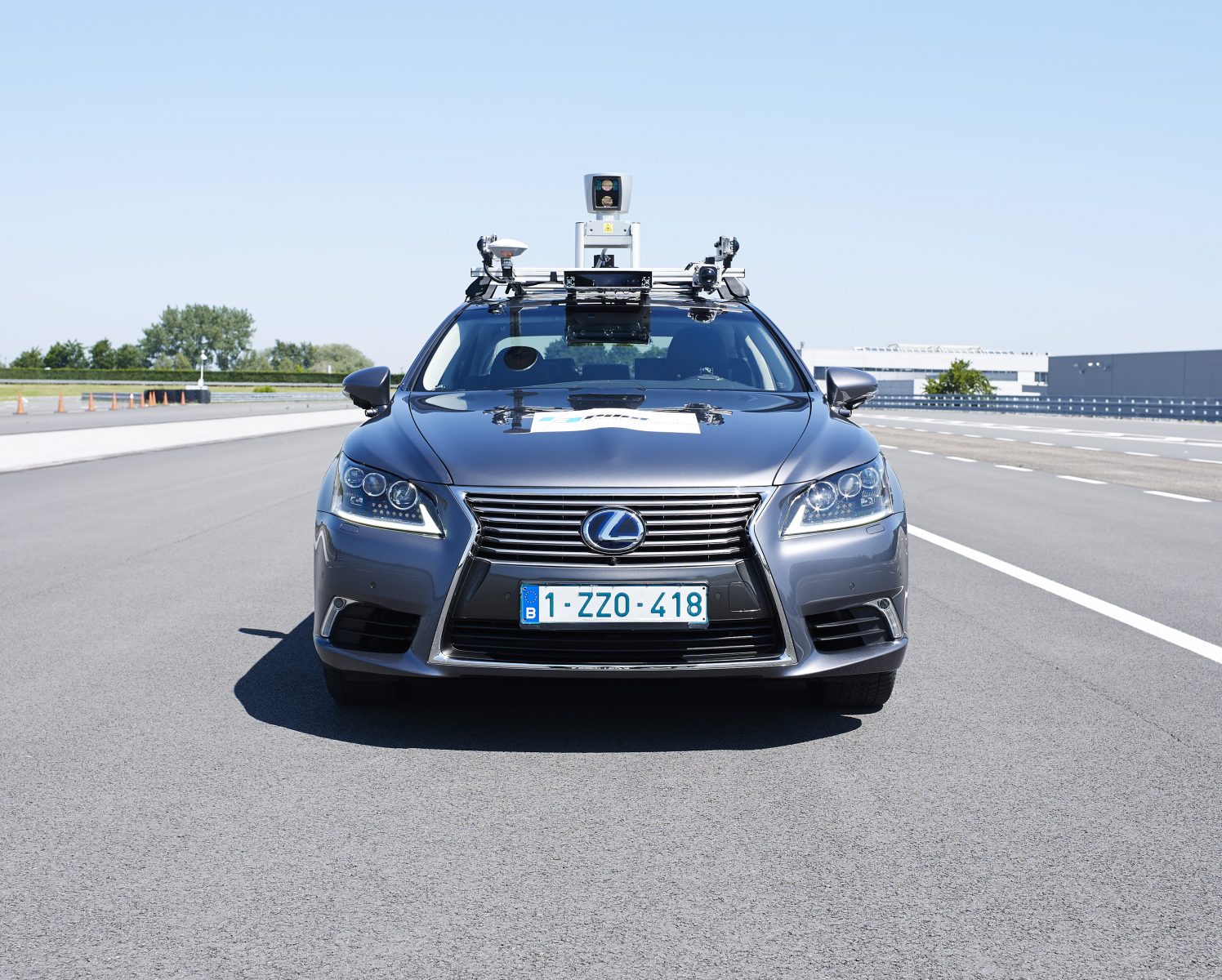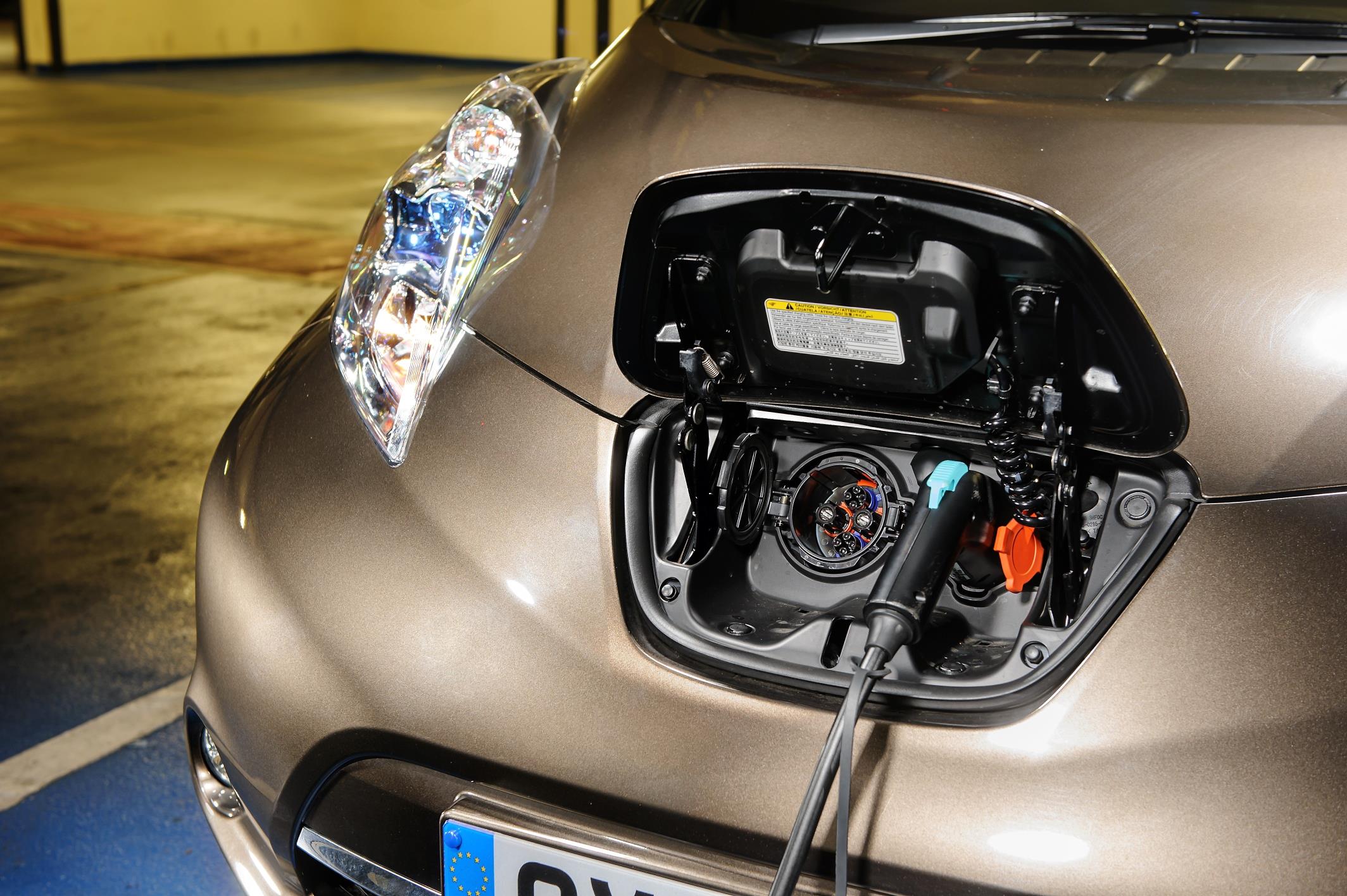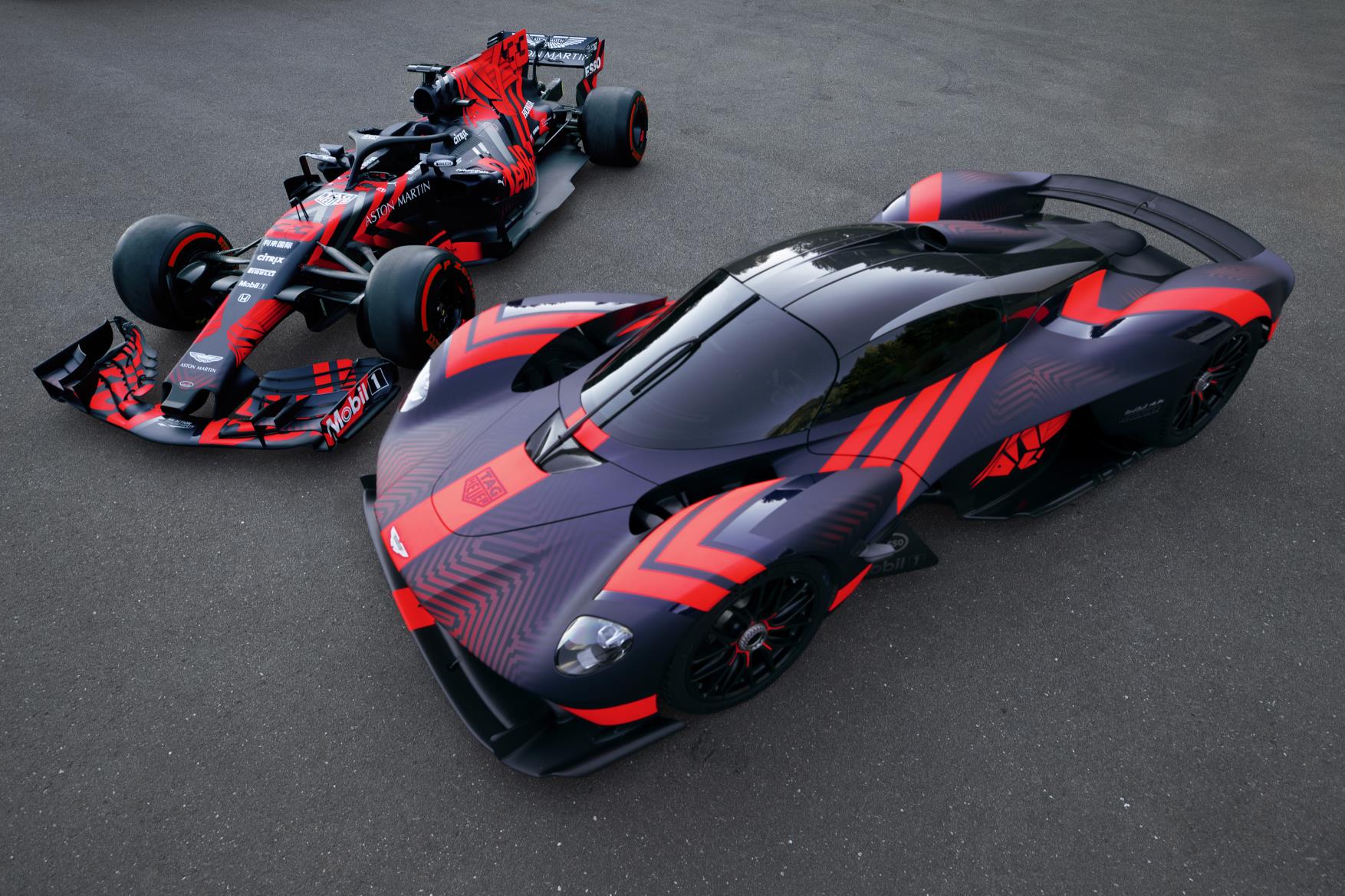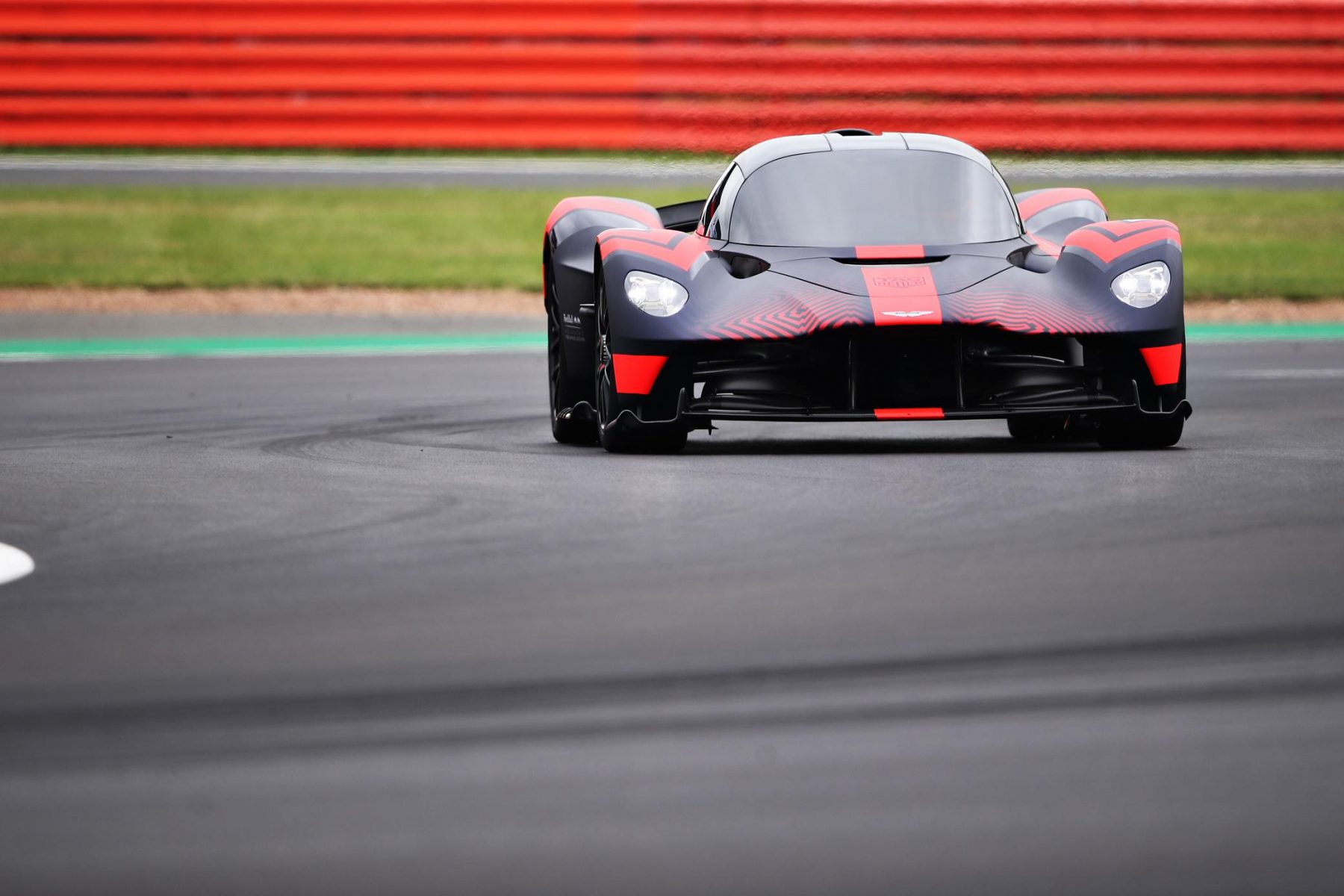A scrappage scheme is a great way of trading in your old car in order to get your hands on some new, shiny metal. It’s an incentive scheme which can help lower the overall price of a new car as well as helping to take older, more polluting vehicles off the UK’s roads.
Though there were several scrappage schemes in operation a few years ago, there are plenty still available today. They also apply to both petrol and diesel cars, meaning owners of either fuel type can trade their old car in against a new one. Let’s take a look at some available today.
Ford
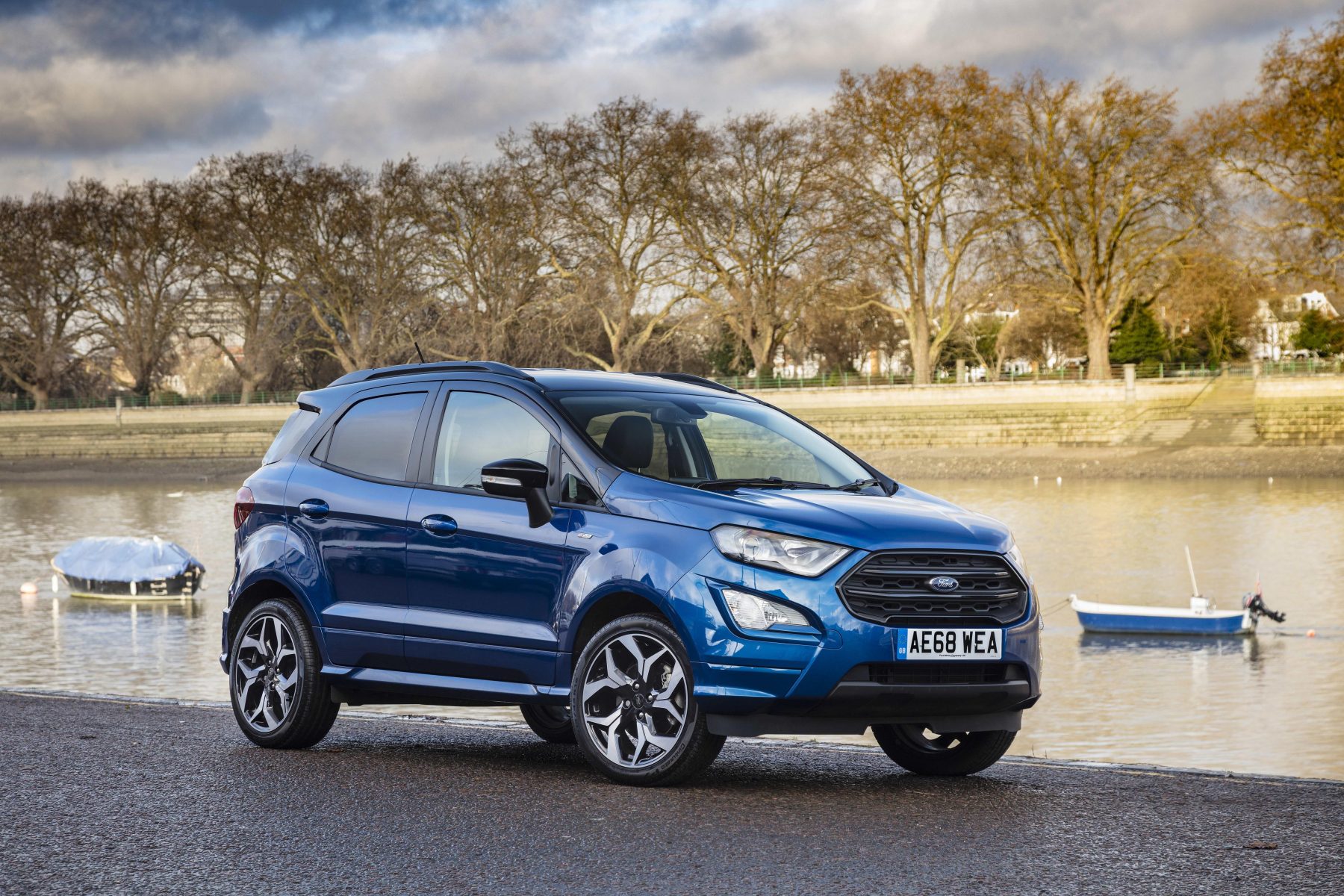
Ford is one of the biggest manufacturers in the world, which means that its latest scrappage scheme here in the UK gives buyers access to plenty of new models. It’s currently offering up to £2,000 off the price of a new car when an old one is entered as part of the scheme, and this can be applied to most of Ford’s car and van range, with the exception of Zetec trim levels and the hot ST models.
To qualify, the car to be scrapped must have been registered before January 1, 2013, and the driver must have owned the vehicle for at least 30 days.
Hyundai
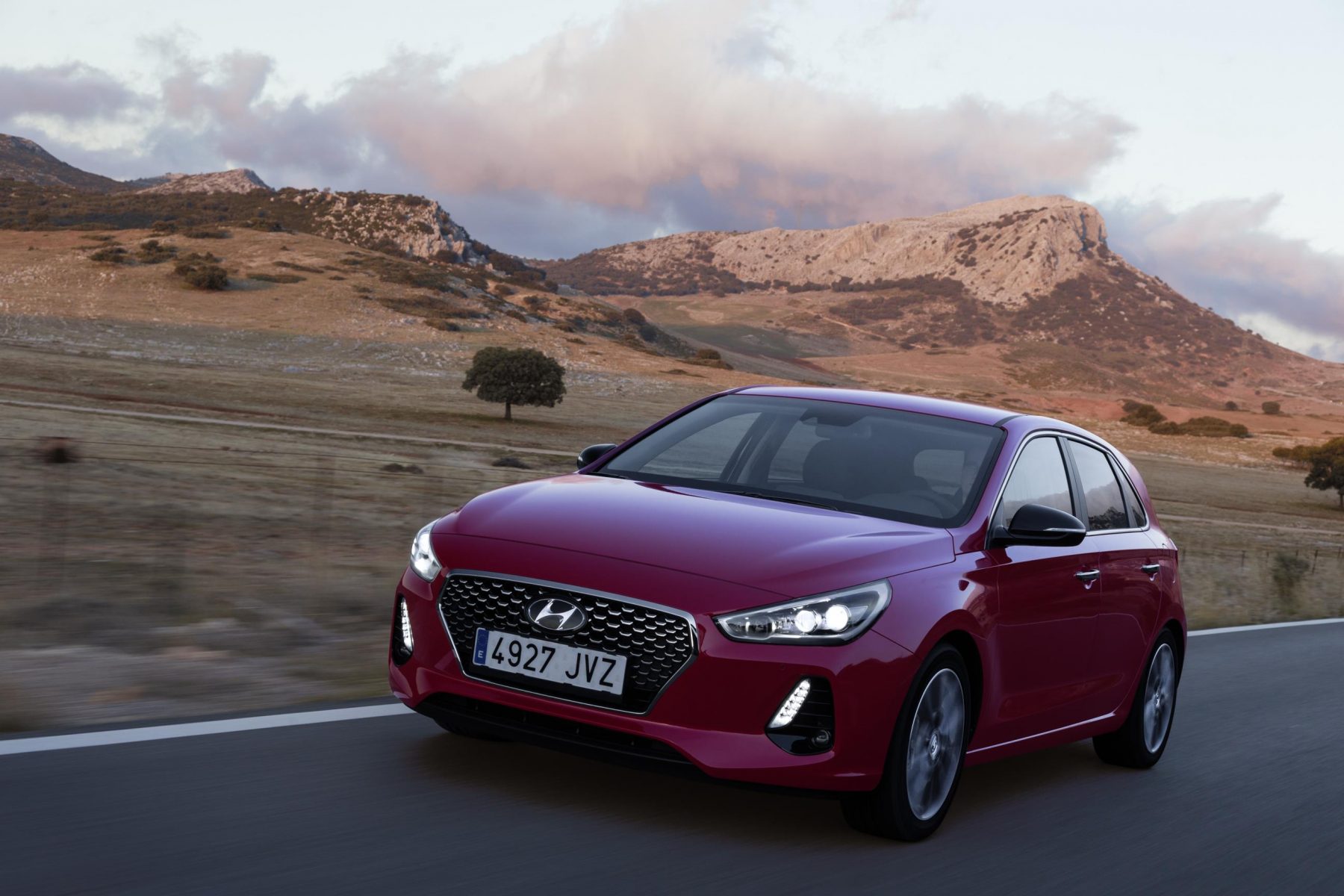
If you’re looking for one of the best scrappage scheme deals around, then turn to Hyundai – it’s currently offering up to £4,000 off a new model when you trade in your old motor. It applies to almost all the cars in the current Hyundai range, while that tip-top £4,000 discount applies to i30 (excluding N and N-Line models) and the Santa Fe SUV.
Eligible cars to be traded in must have been registered before October 1, 2011 and owned for three months. In addition, the new vehicle must be registered no later than the end of September.
Kia
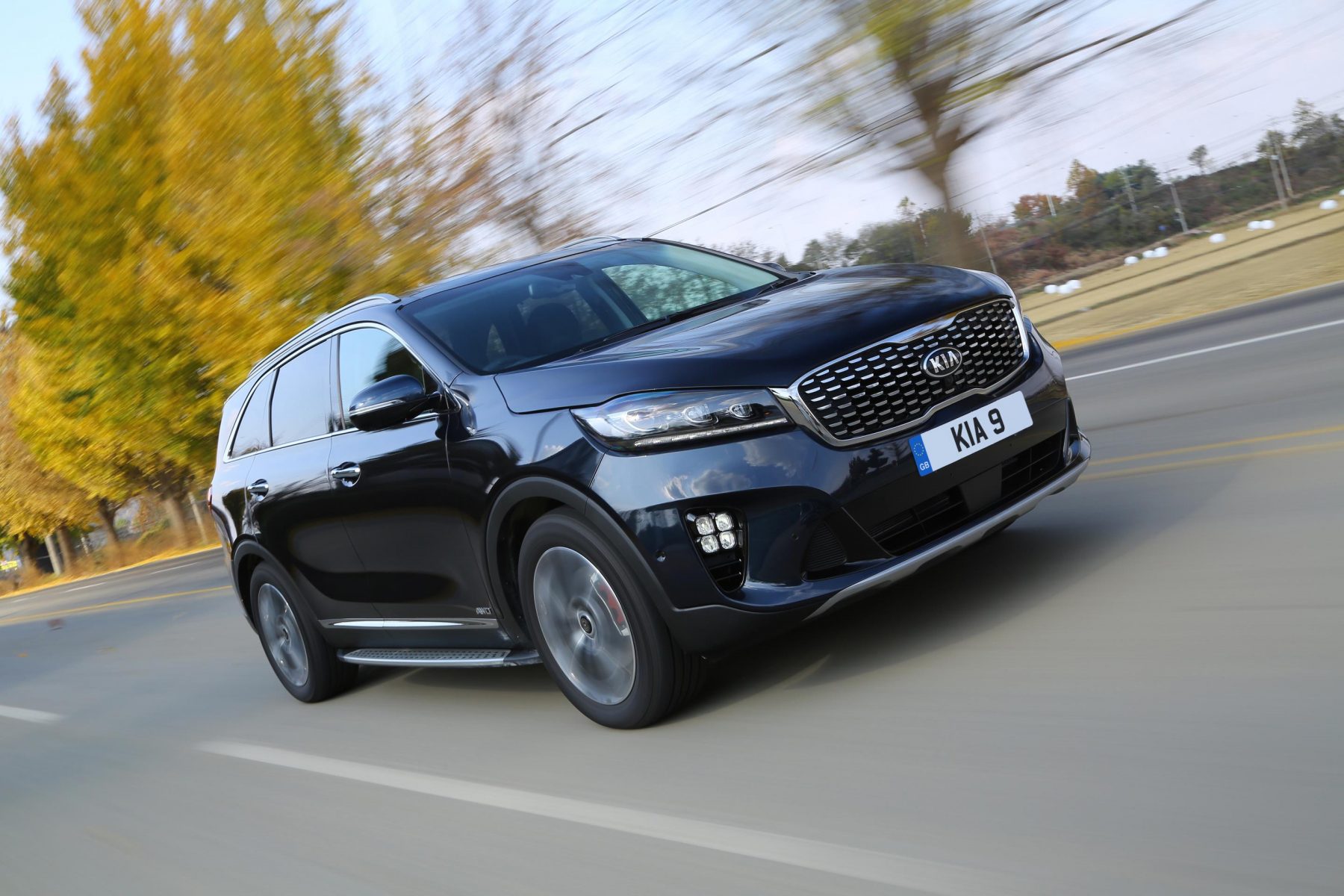
Not only does Kia offer a range of well-priced, good to drive and brilliantly reliable cars, but it too has a scrappage scheme to take advantage of.
Models available include the Picanto, Stonic, Venga and Sportage – there’s £2,000 available off the first on that list, and up to £2,500 for the final three. The car you’re looking to trade in must have been registered before July 2012 and needs to have been owned for at least three months.
Mazda
Mazda’s scrappage scheme is one of the longest running, but by no means any less useful to the new car buyer. It’s available on any of the Japanese manufacturer’s cars that produce less than 144g/km CO2, excluding the all-new 3 hatchback. The smallest discounts are £3,000, and with the largest up to £6,000 off the price of a new 6 diesel.
The car being traded in must be have been registered by the end of 2010, and have been owned by the buyer for at least 60 days.
MG
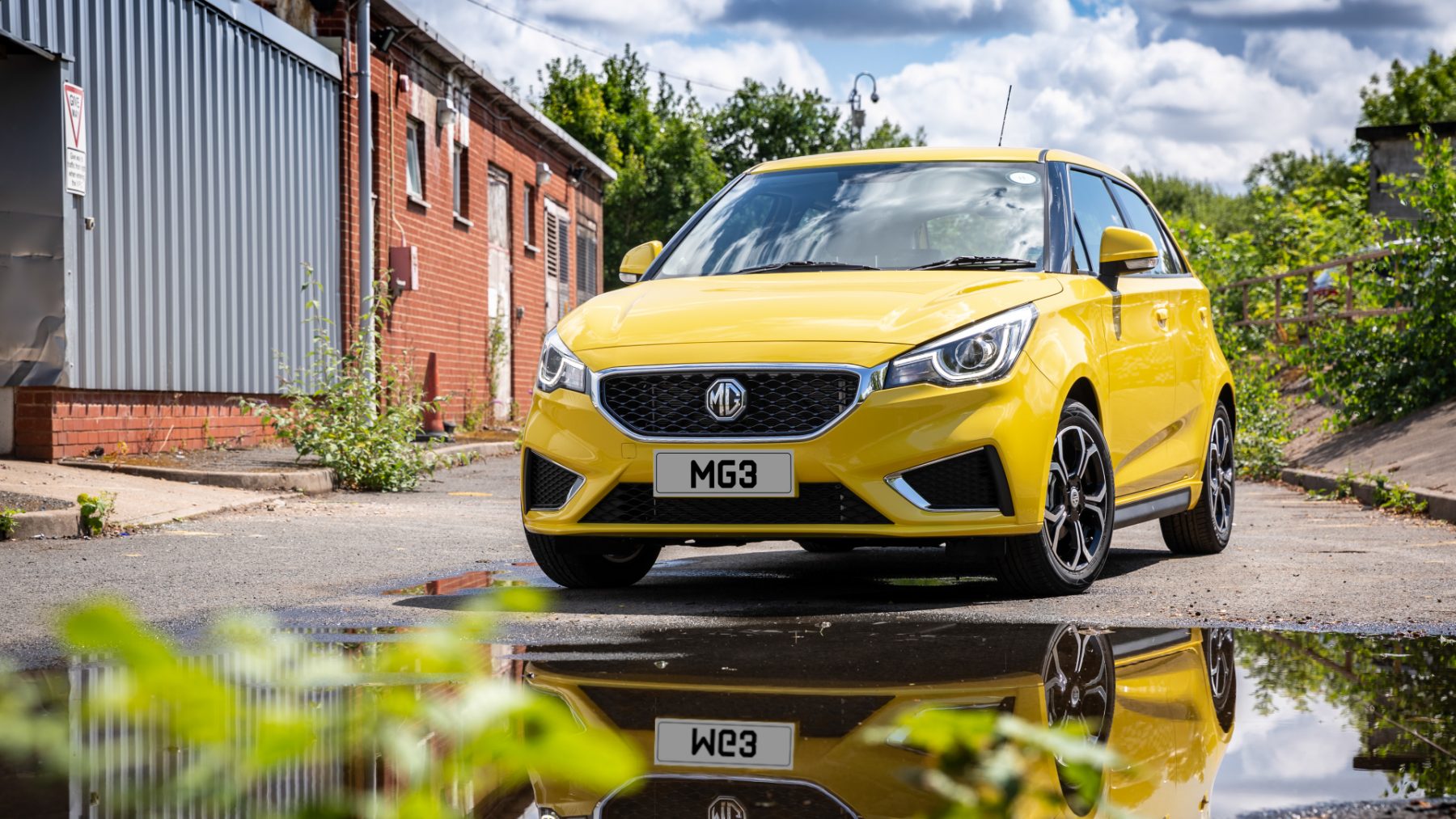
MG’s scrappage scheme applies to just the MG3 hatchback, and the firm is offering up to £2,000 off the cost of the dinky city car. In addition, current MG owners can get an additional £500 on top of this when they trade in their car.
To qualify, the vehicle being traded in needs to be at least seven years old and owned for at least three months by the current owner.
Renault
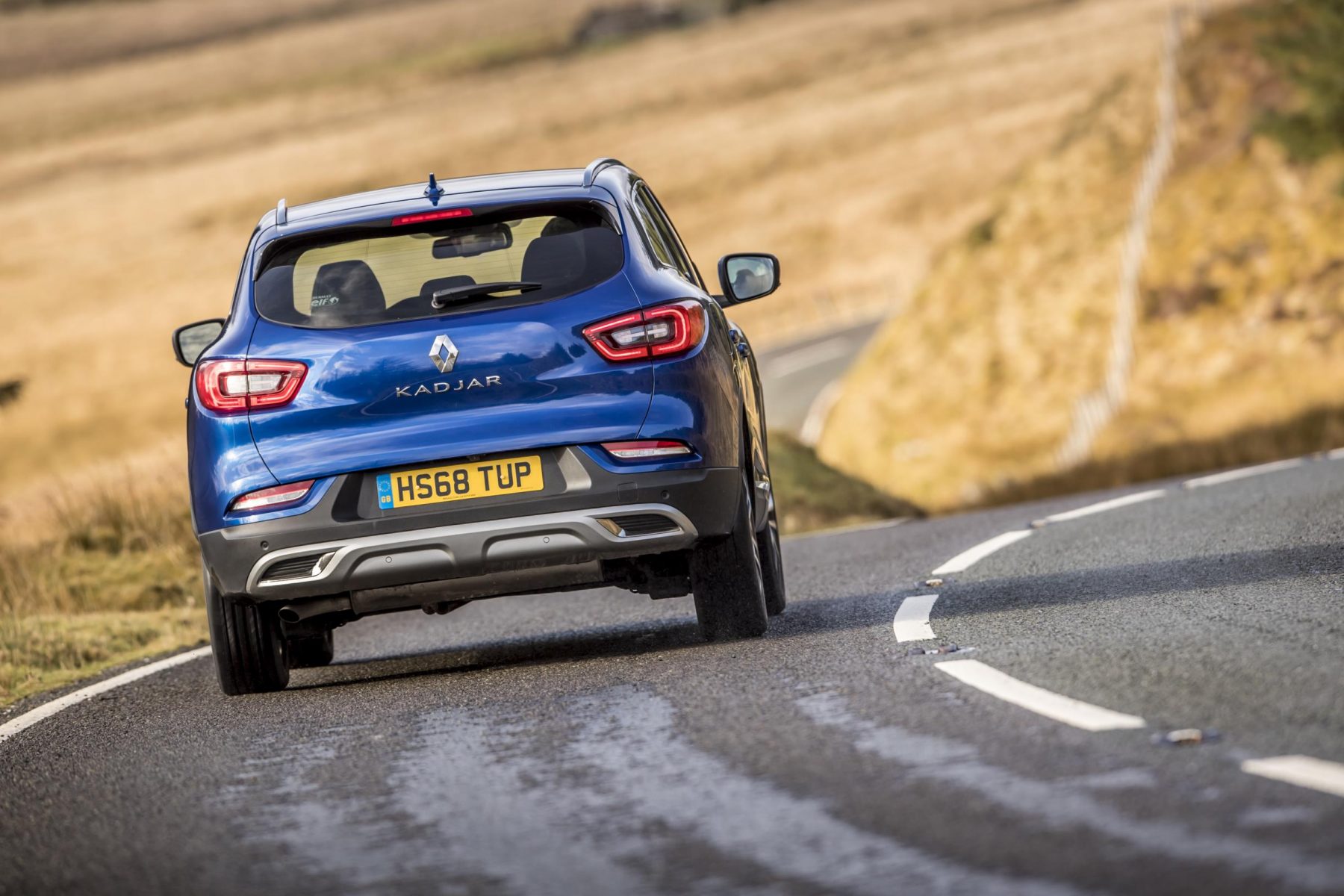
Renault’s scrappage scheme includes the vast majority of its passenger car line-up, with cars such as the Kadjar SUV and even the all-electric Zoe part of it. Depending on model, you can get up to £3,000 off one of the models.
Both cars and vans can be traded in, providing they were registered before April 2012 and owned by the customer for at least 90 days.
Toyota
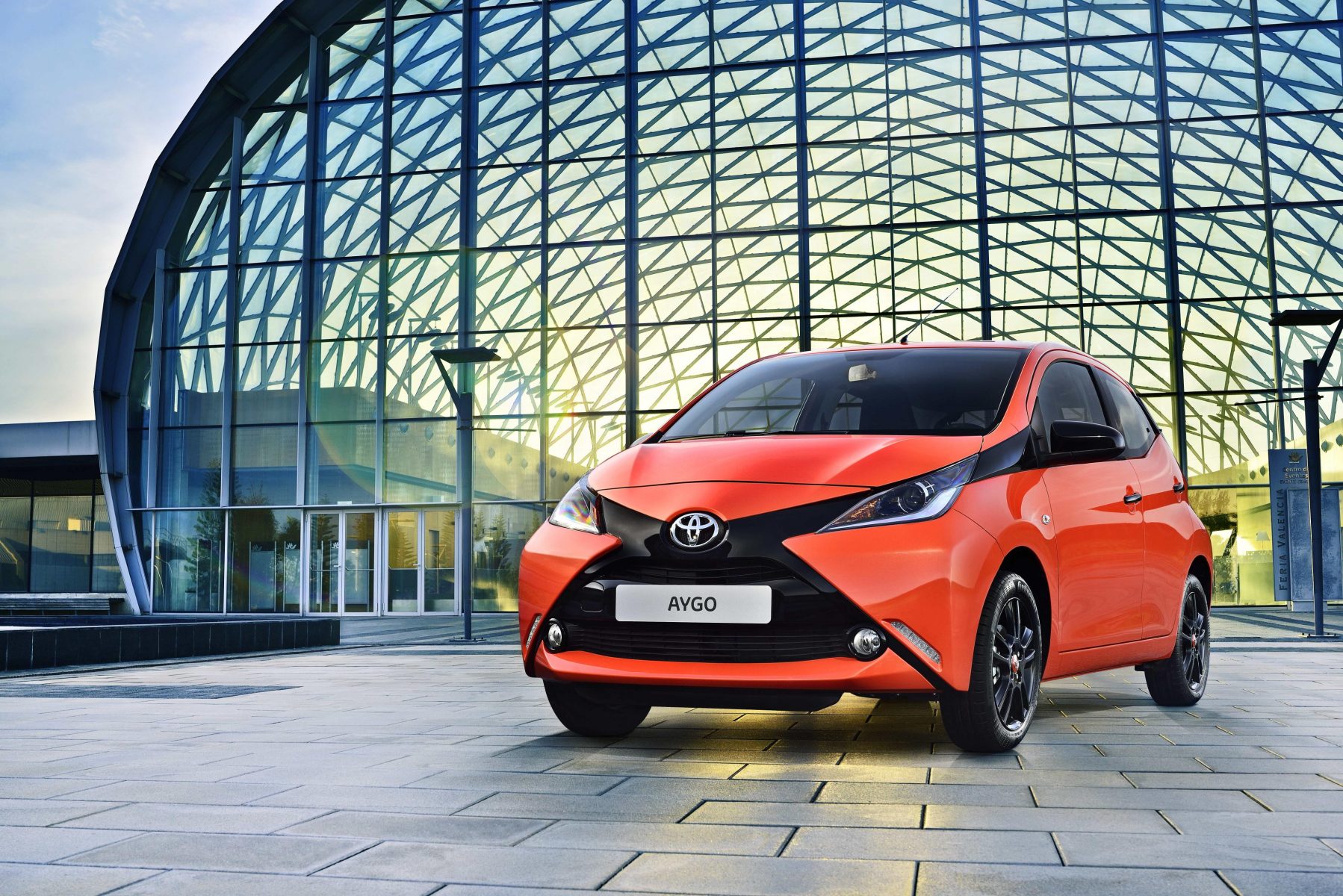
Toyota’s scrappage scheme only applies to the Aygo and Yaris models. The former sees £2,000 taken off its value in the scheme, and £2,500 from the latter. Hybrid versions are excluded, as are entry-level Active and X specifications.
Cars being scrapped need to have been registered before September 30, 2011, and owned by the buyer for at least six months. The new car must be registered before September 2019, too.
Vauxhall
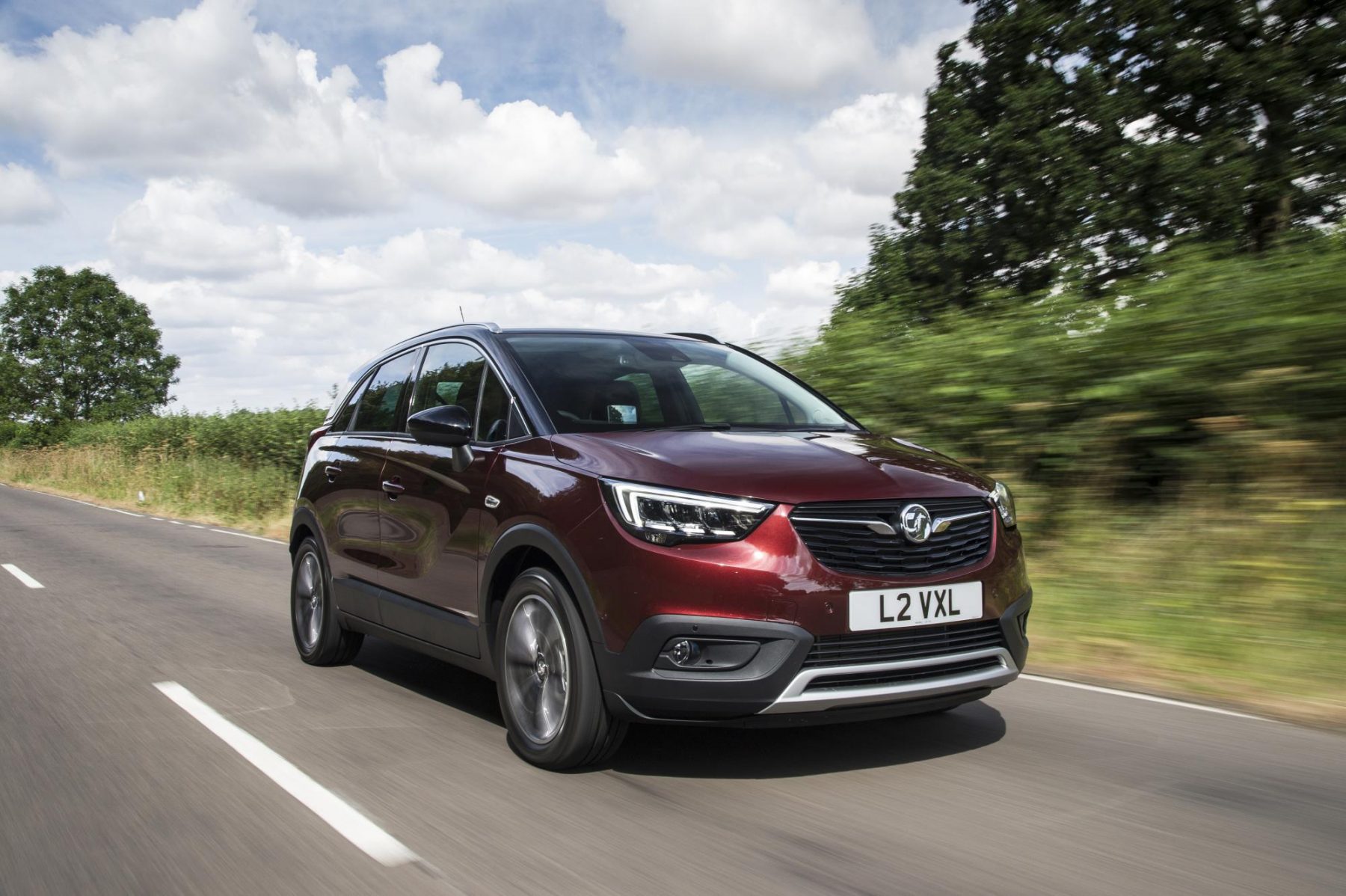
Vauxhall calls its scrappage scheme ‘Trade Up’, and allows buyers to save up to £4,000 from the price of one of its new models, namely the Viva, Astra, Crossland X, Mokka X and Grandland X.
Any new car needs to be registered by September 30, 2019.

